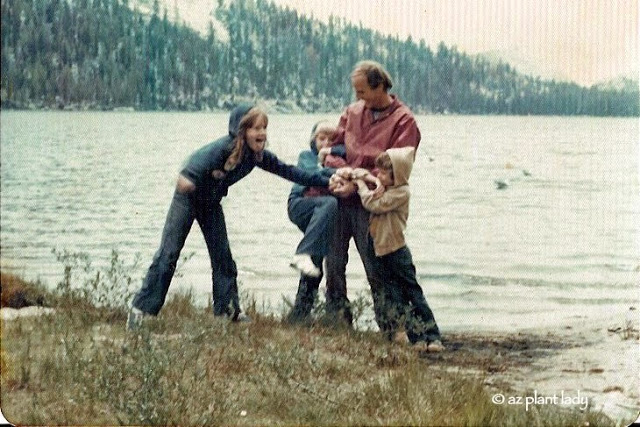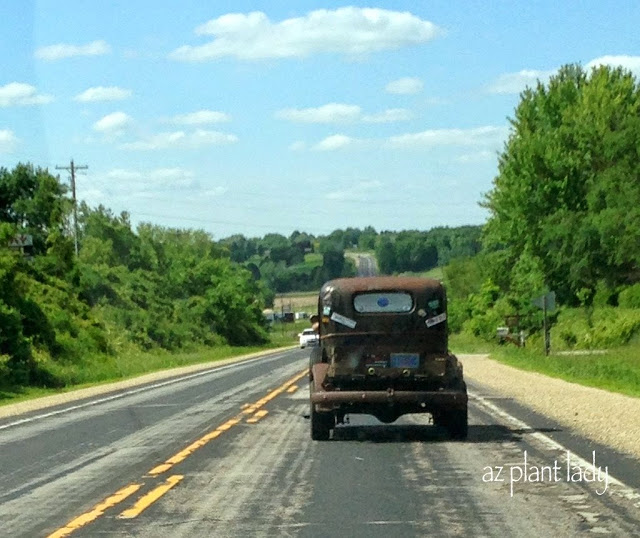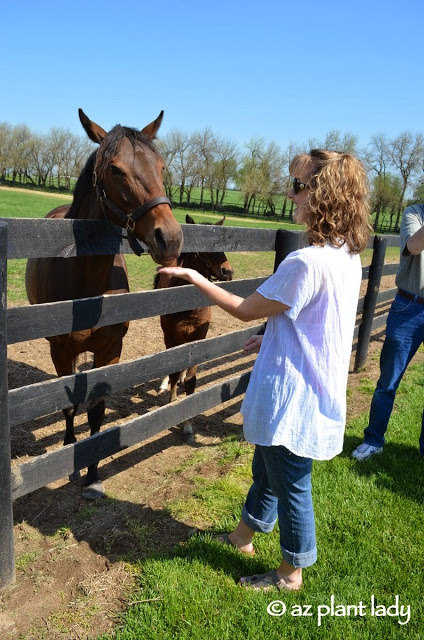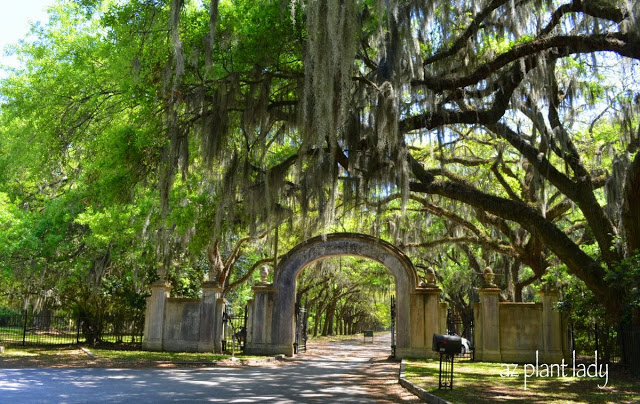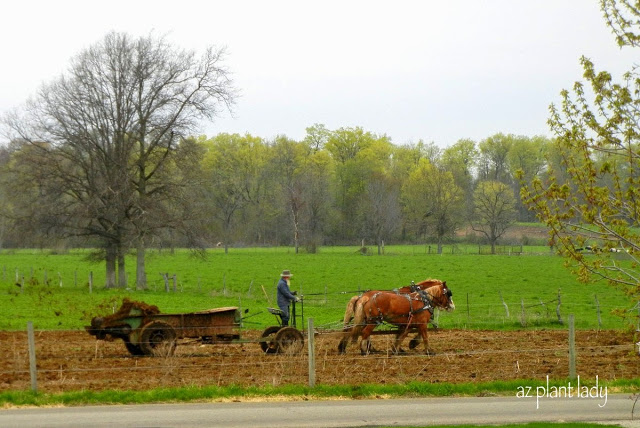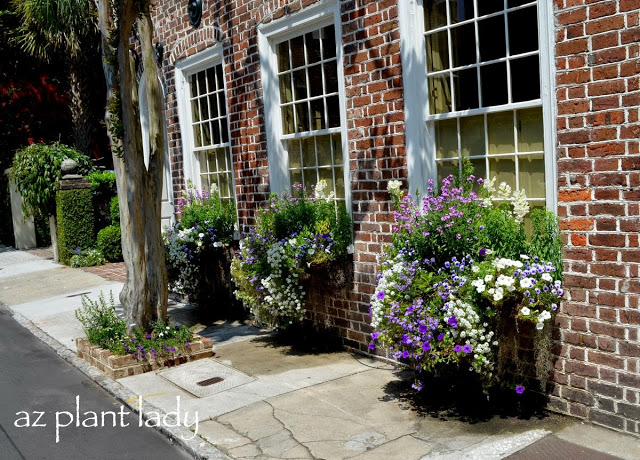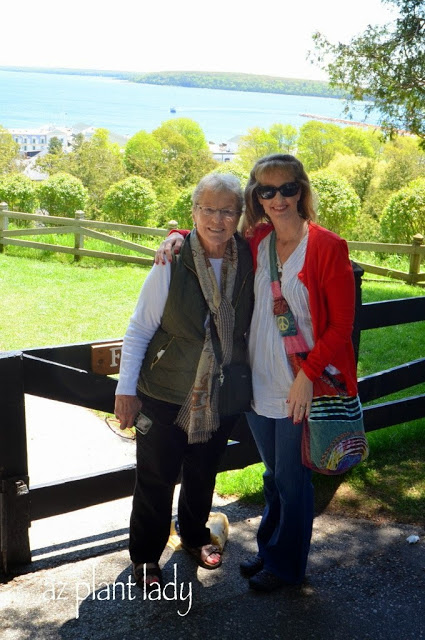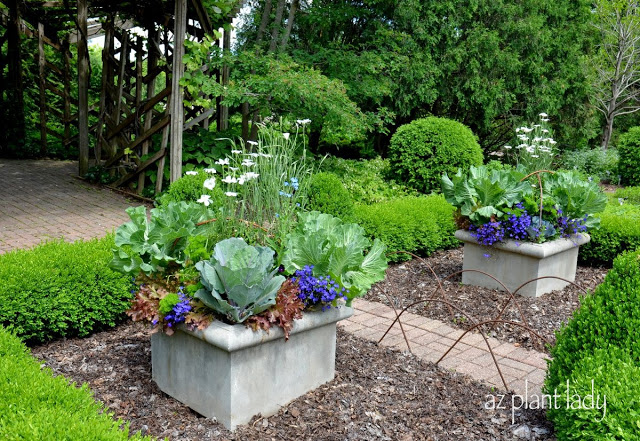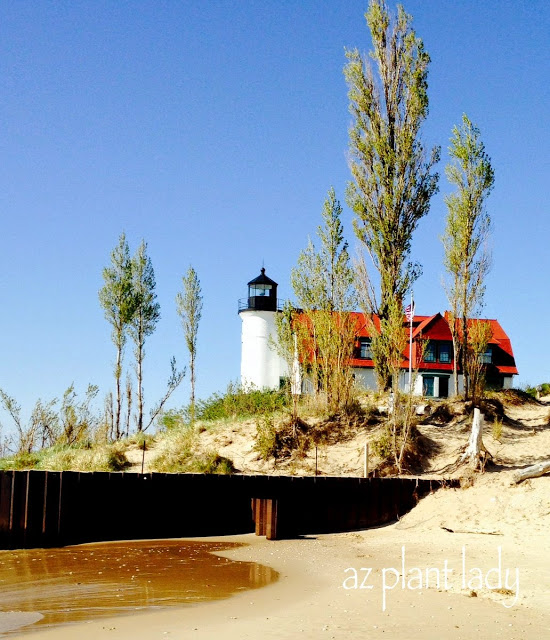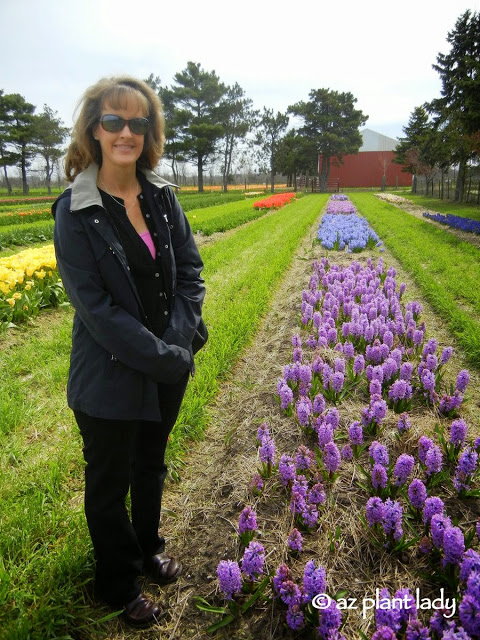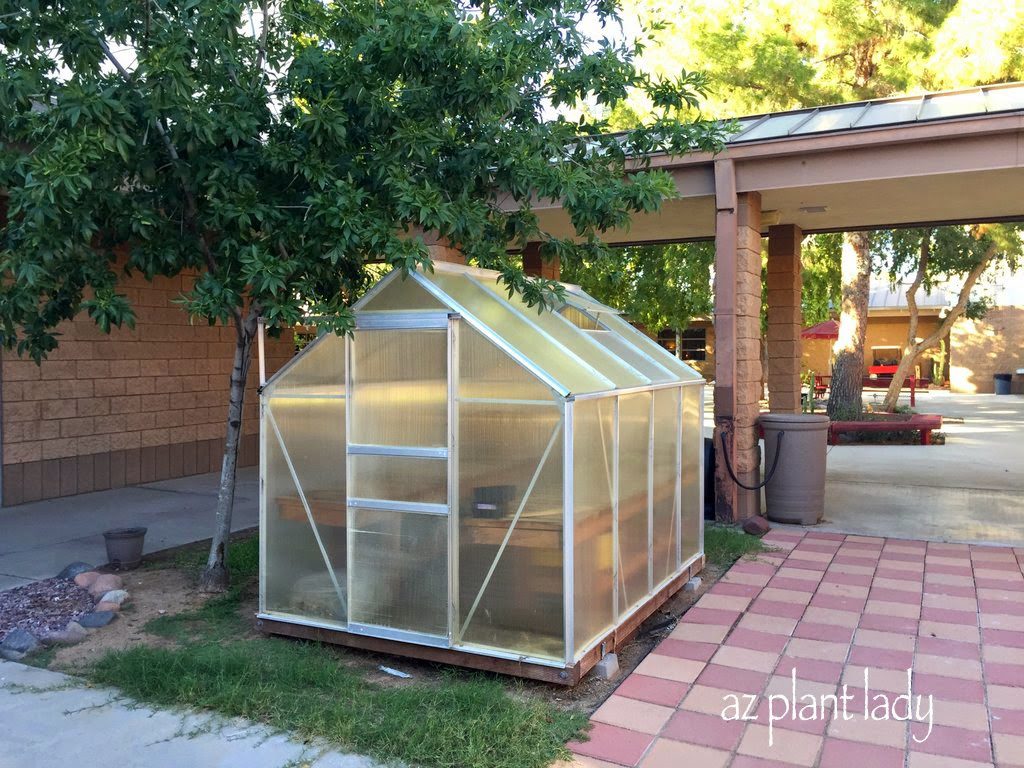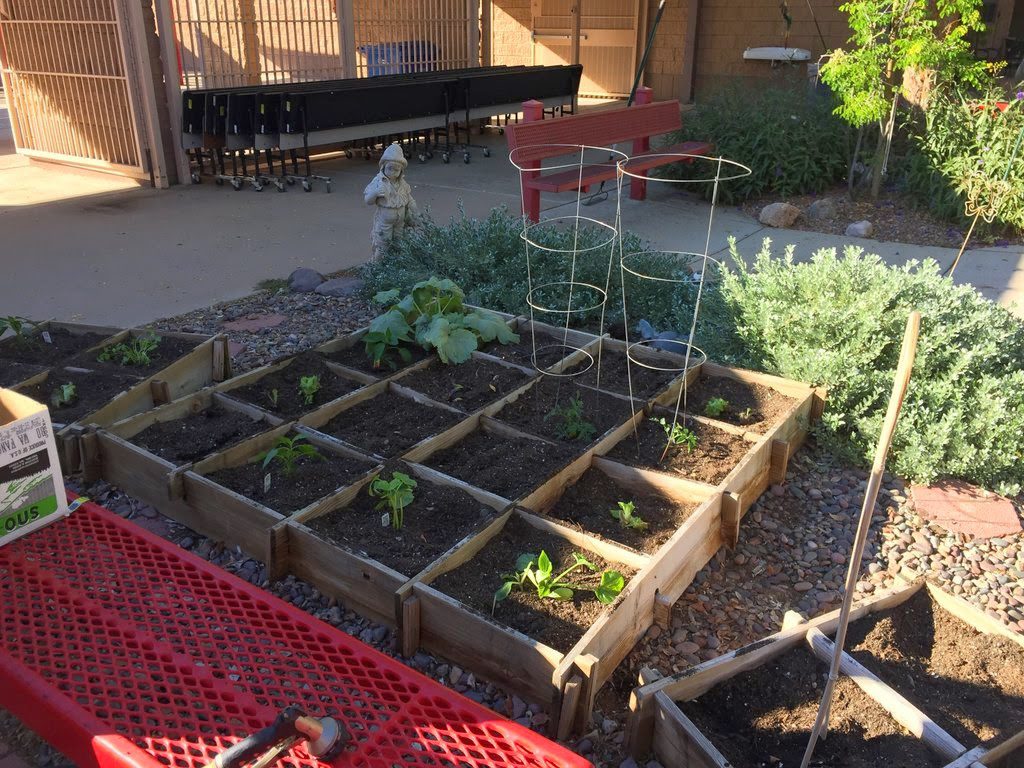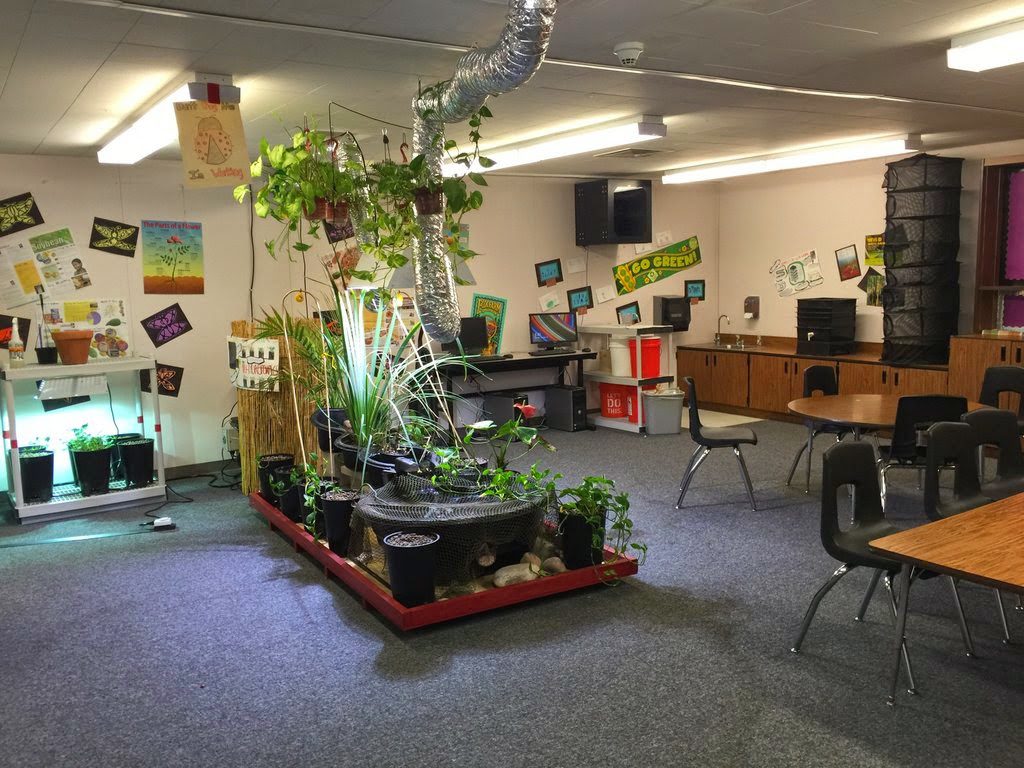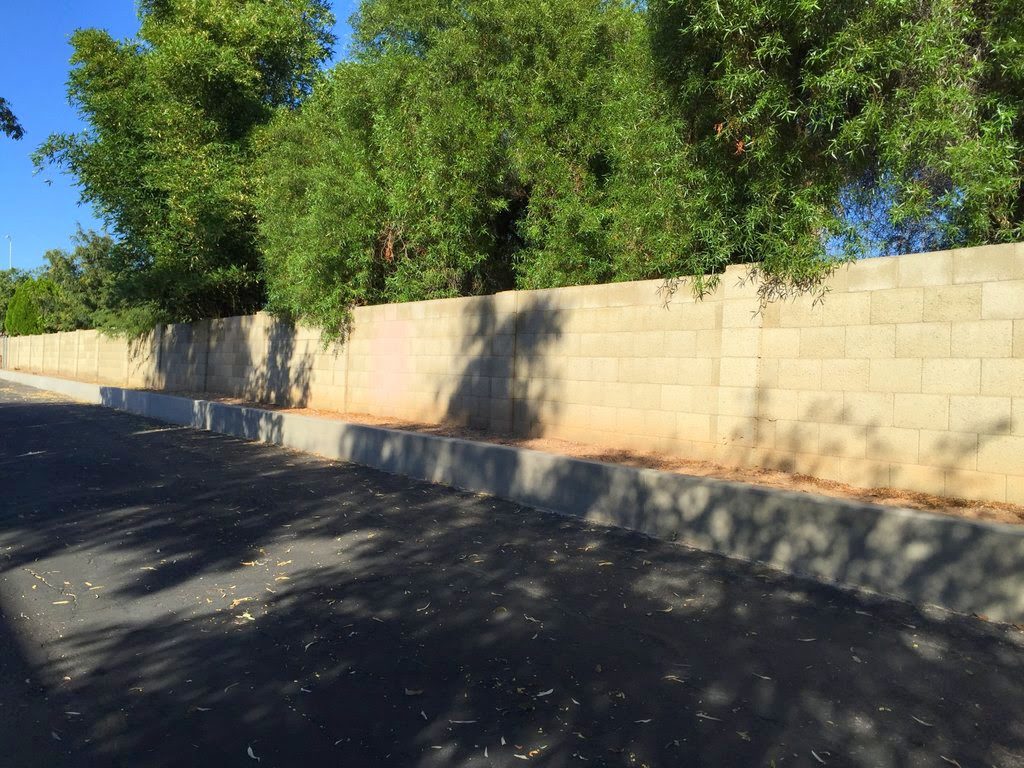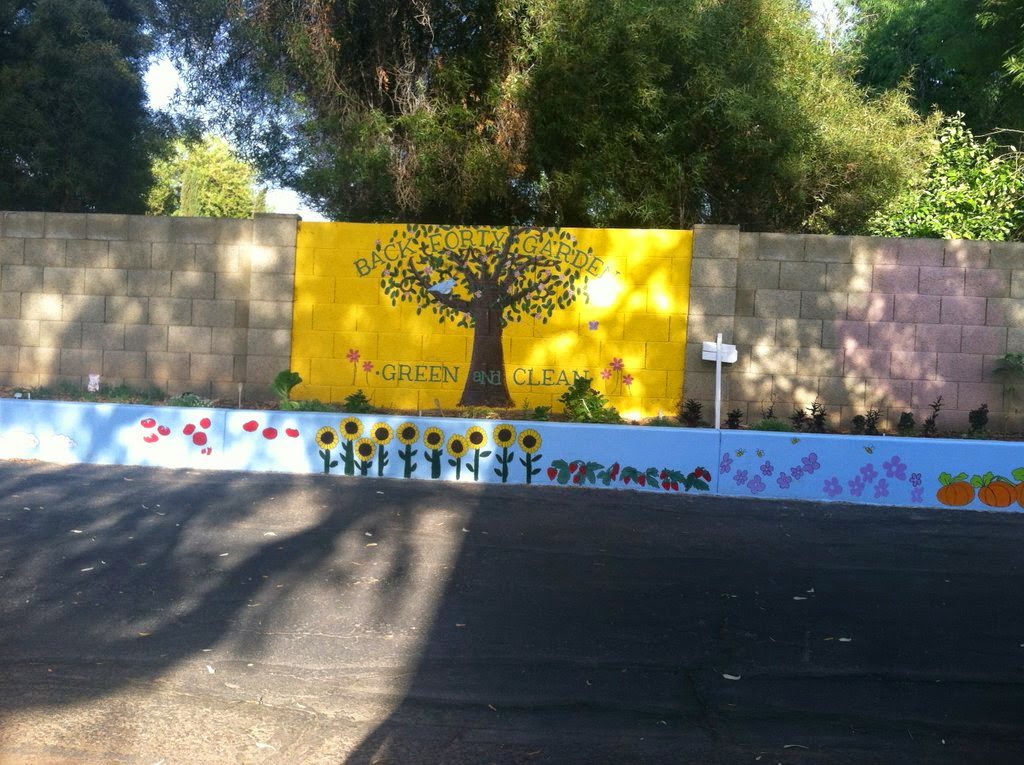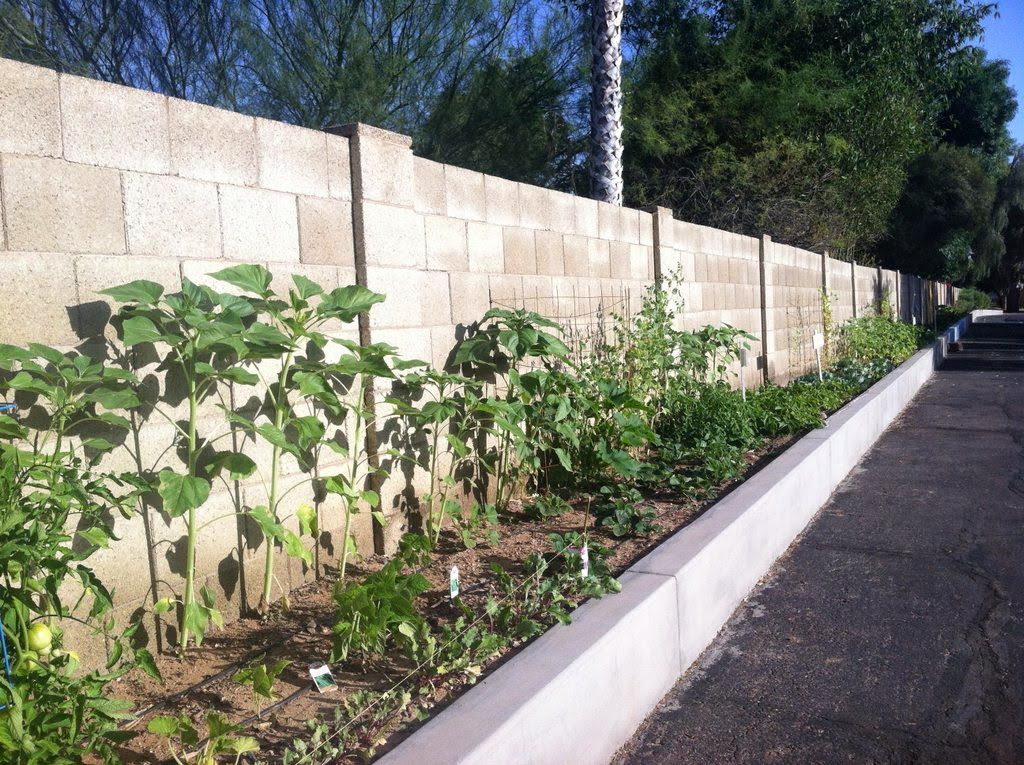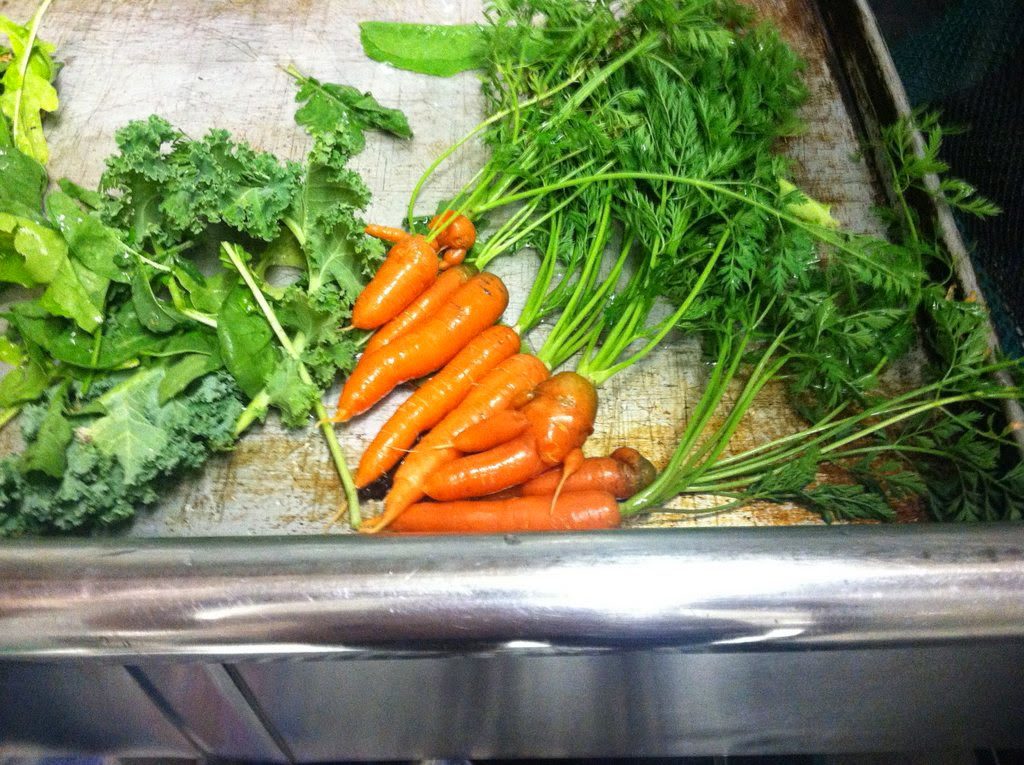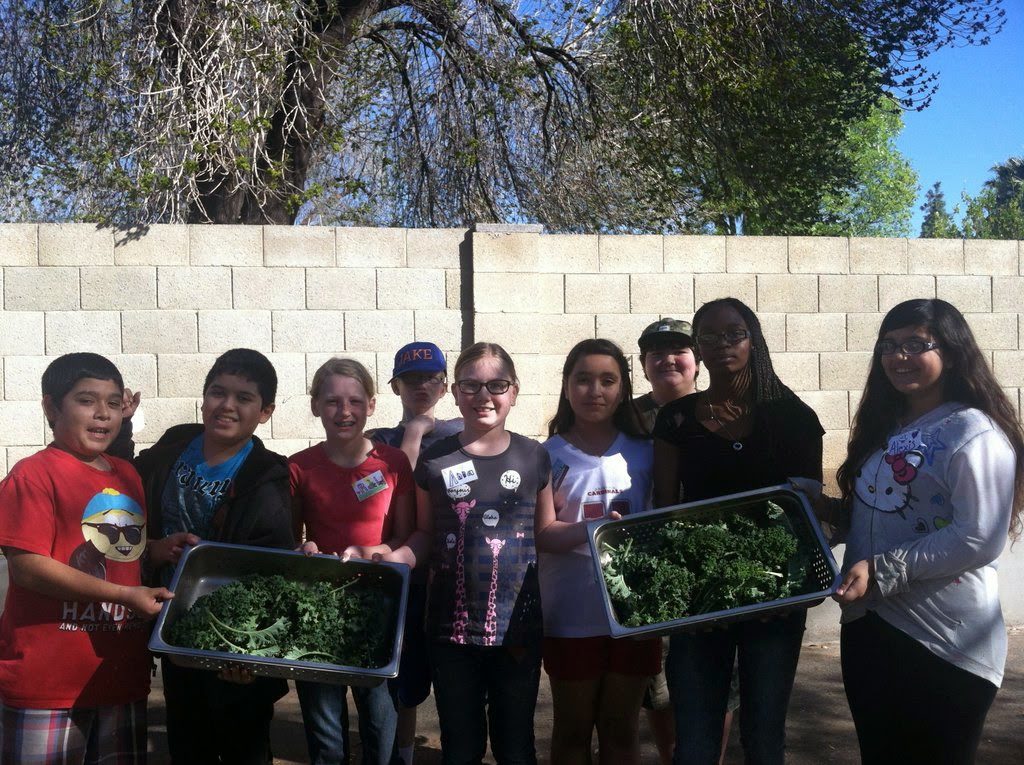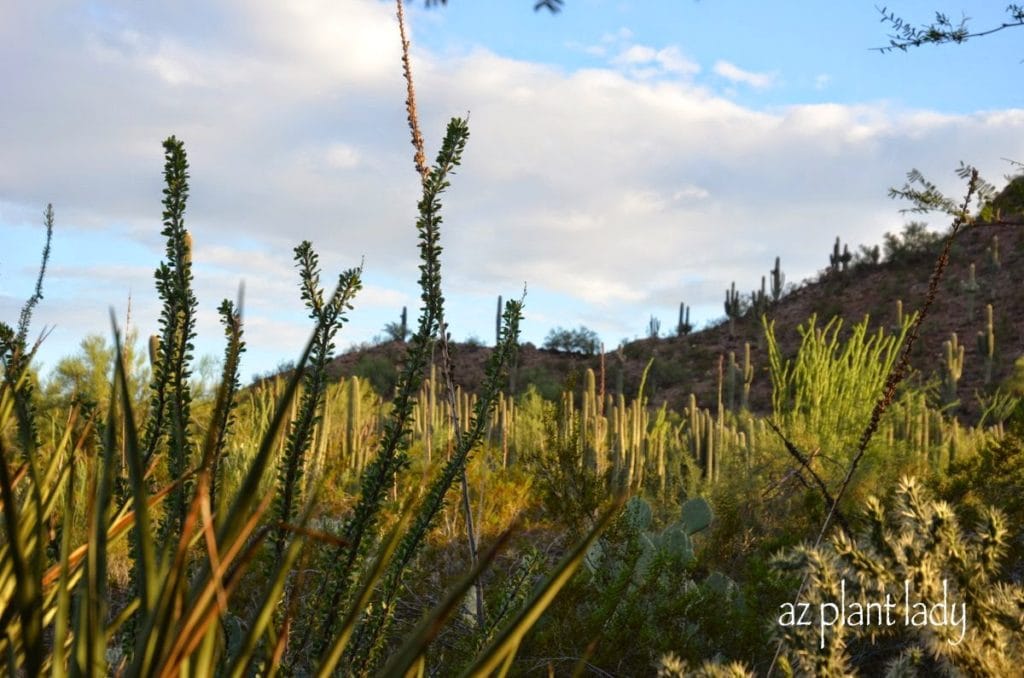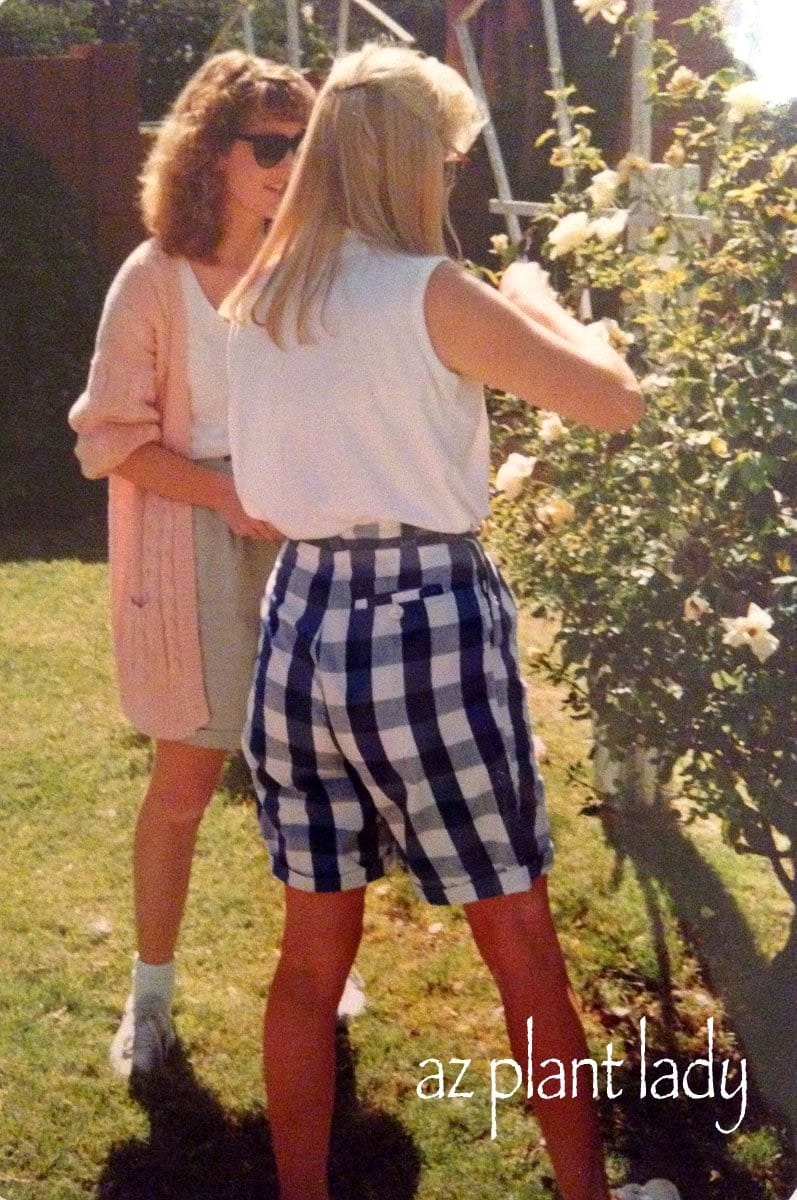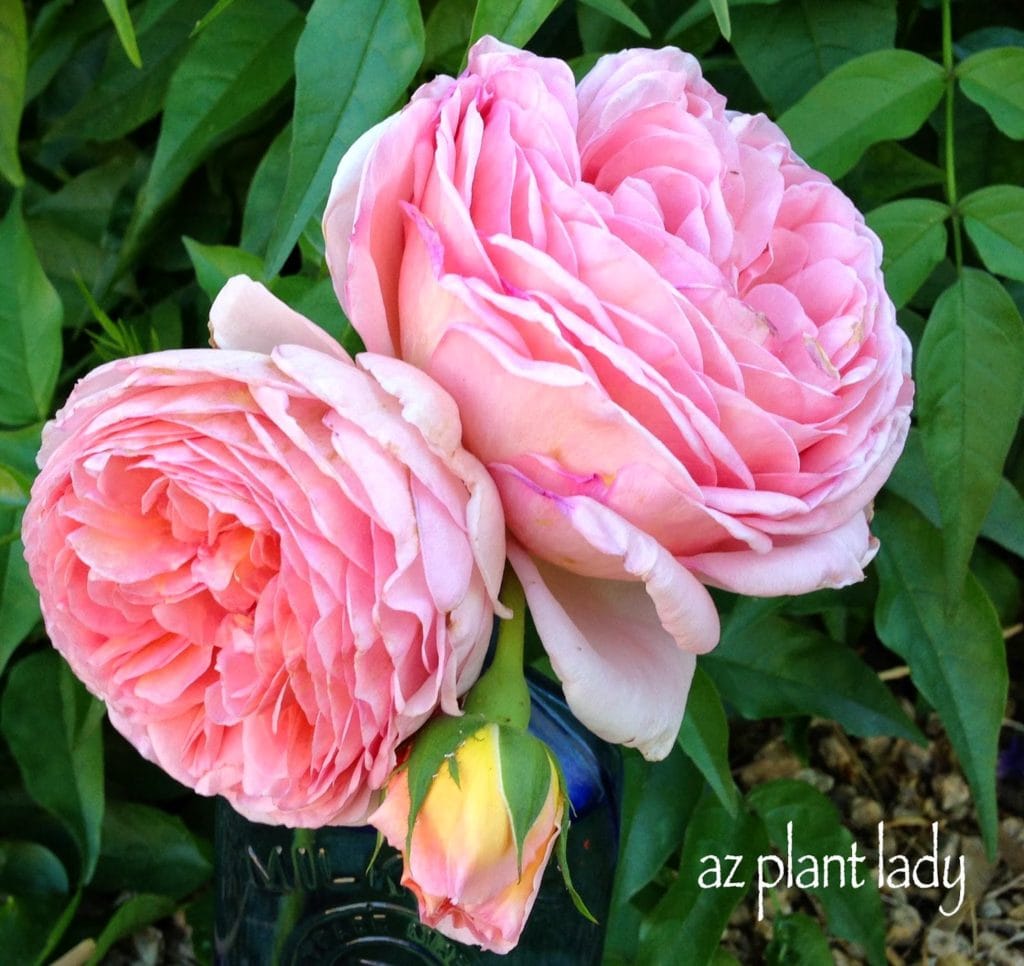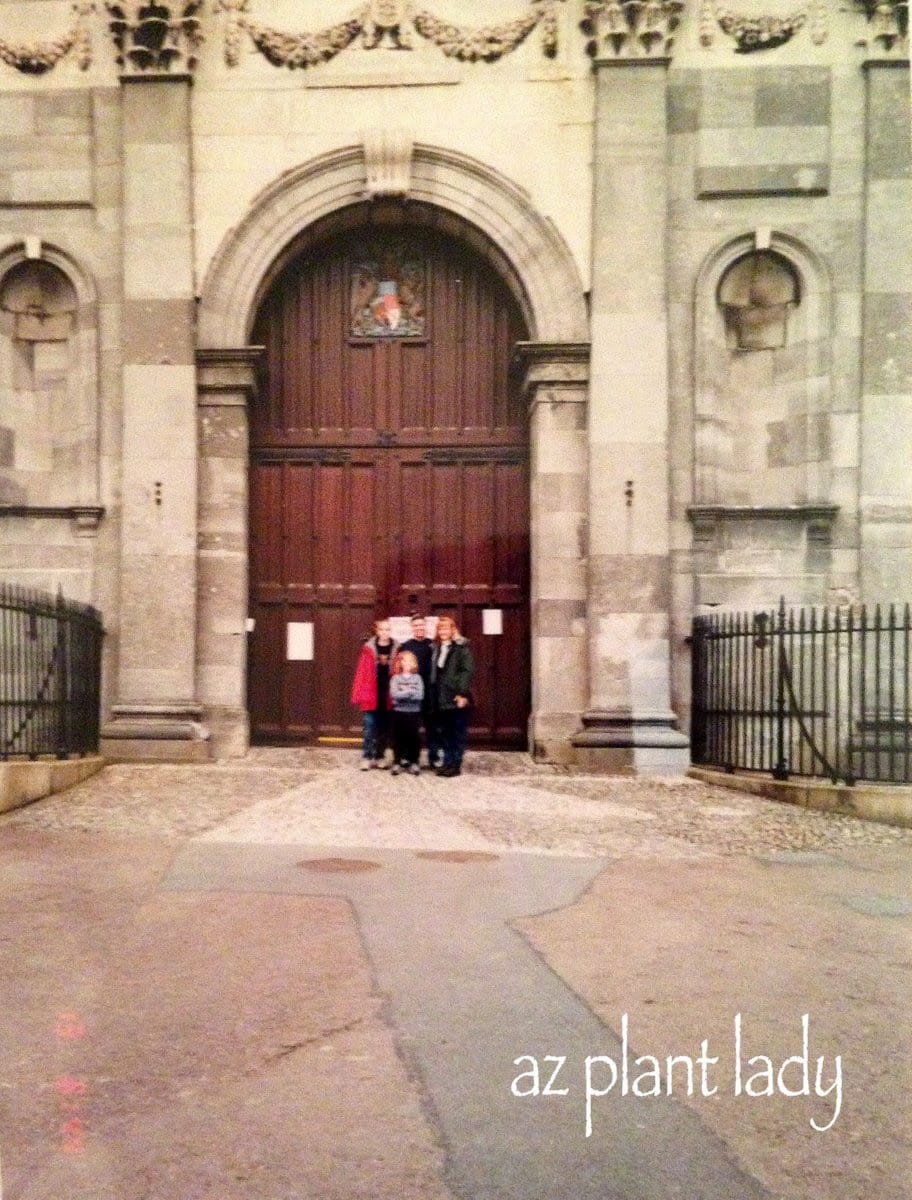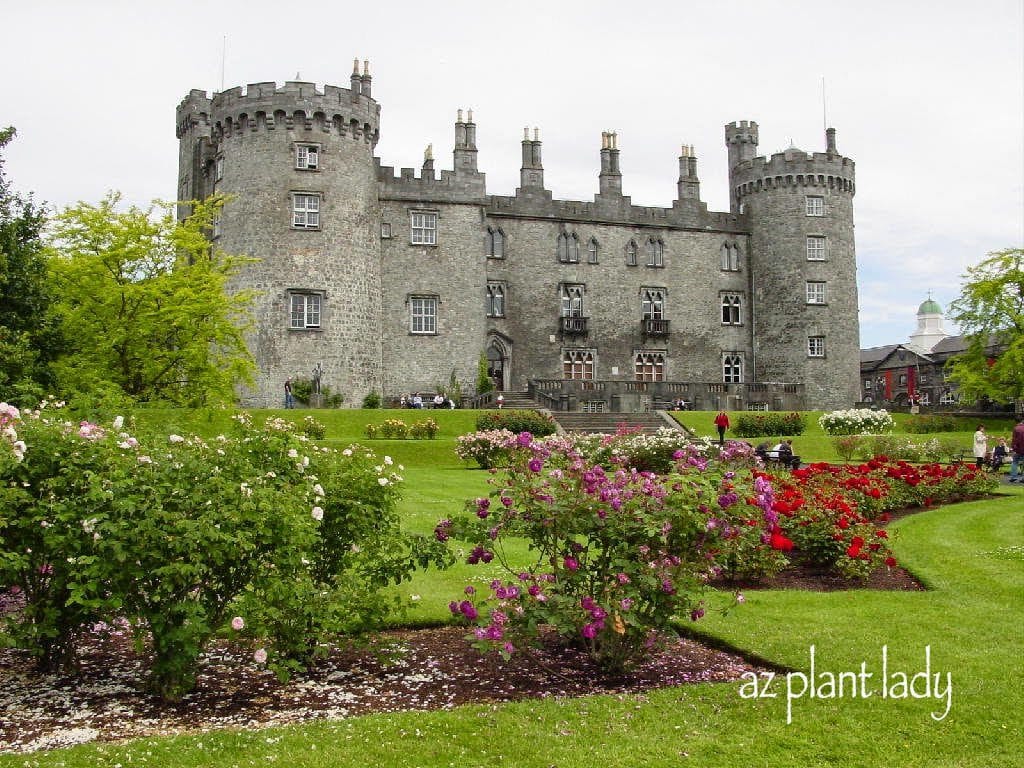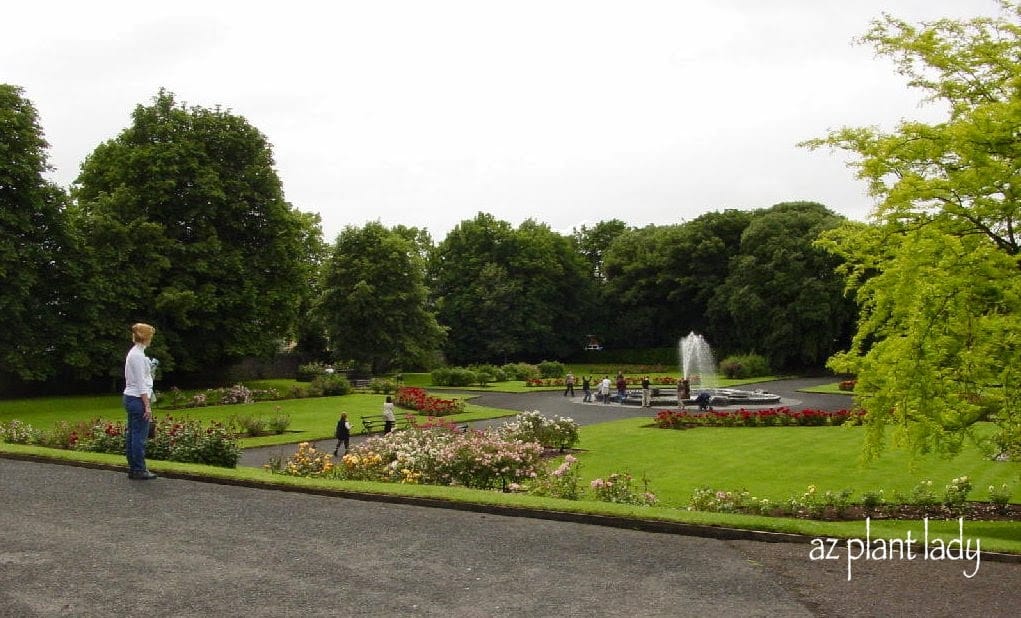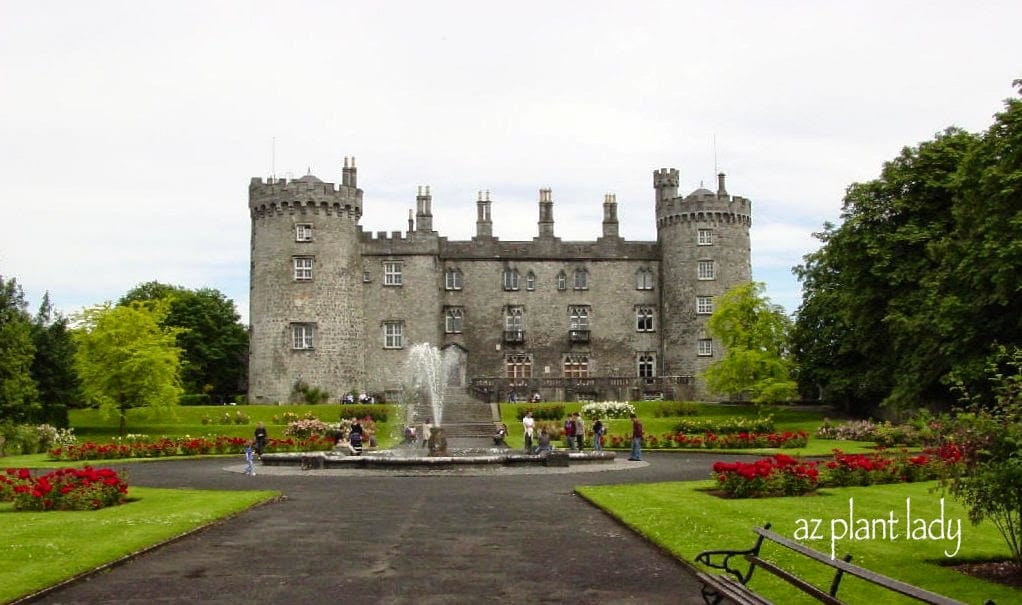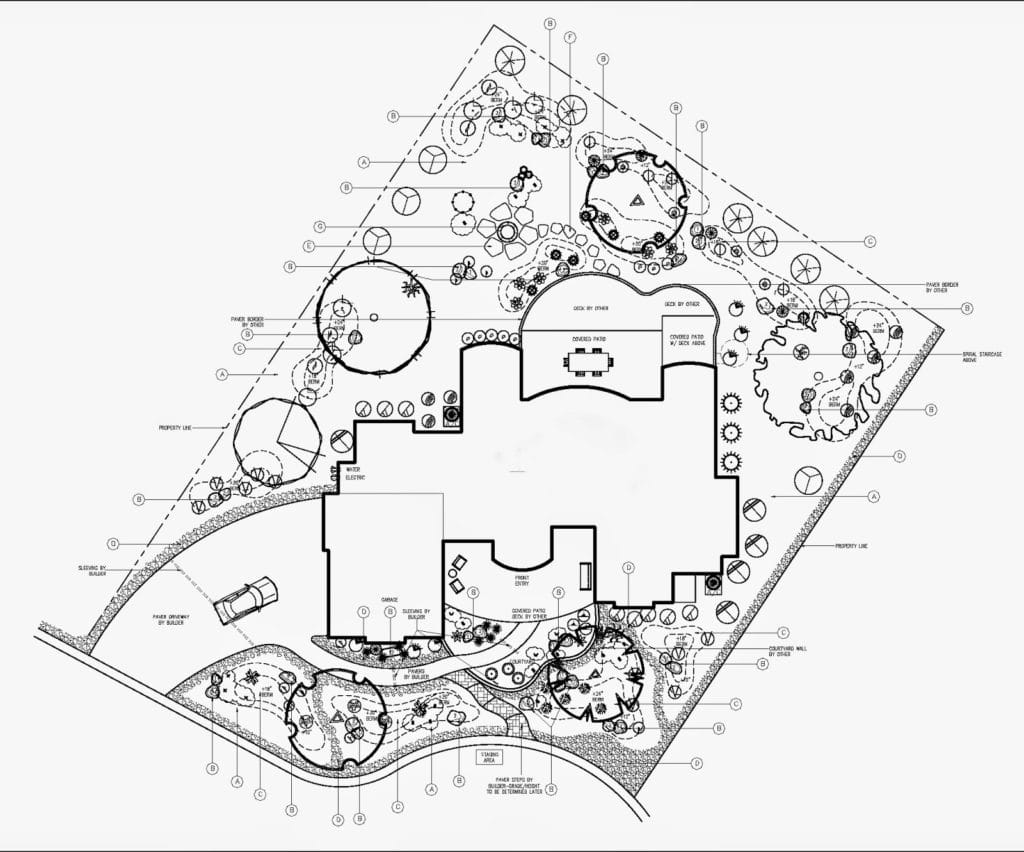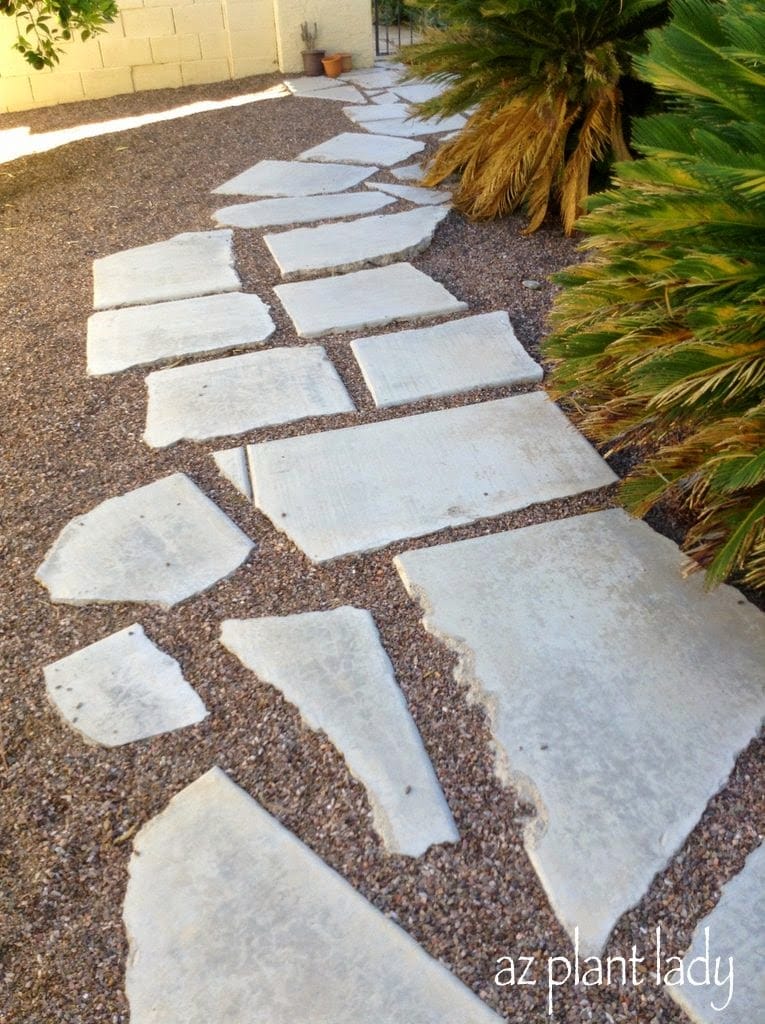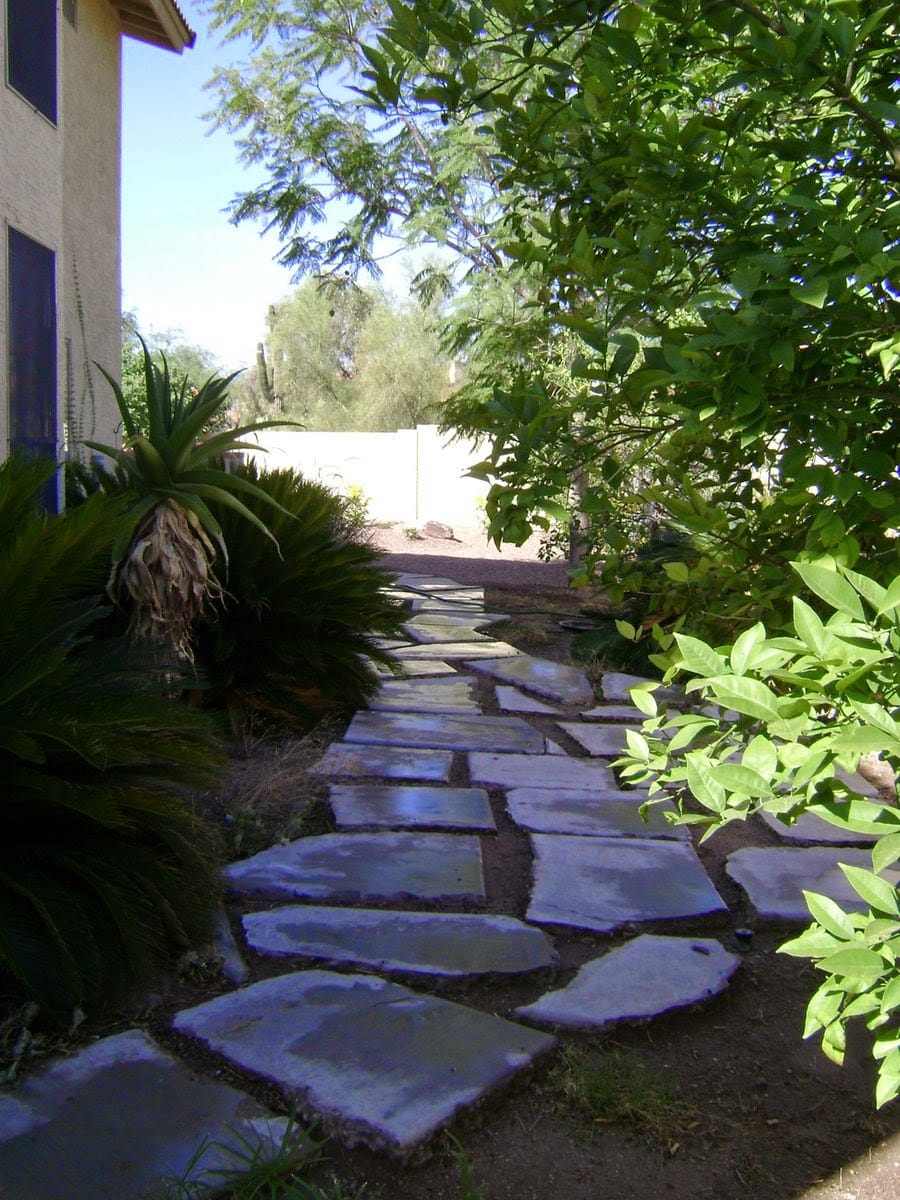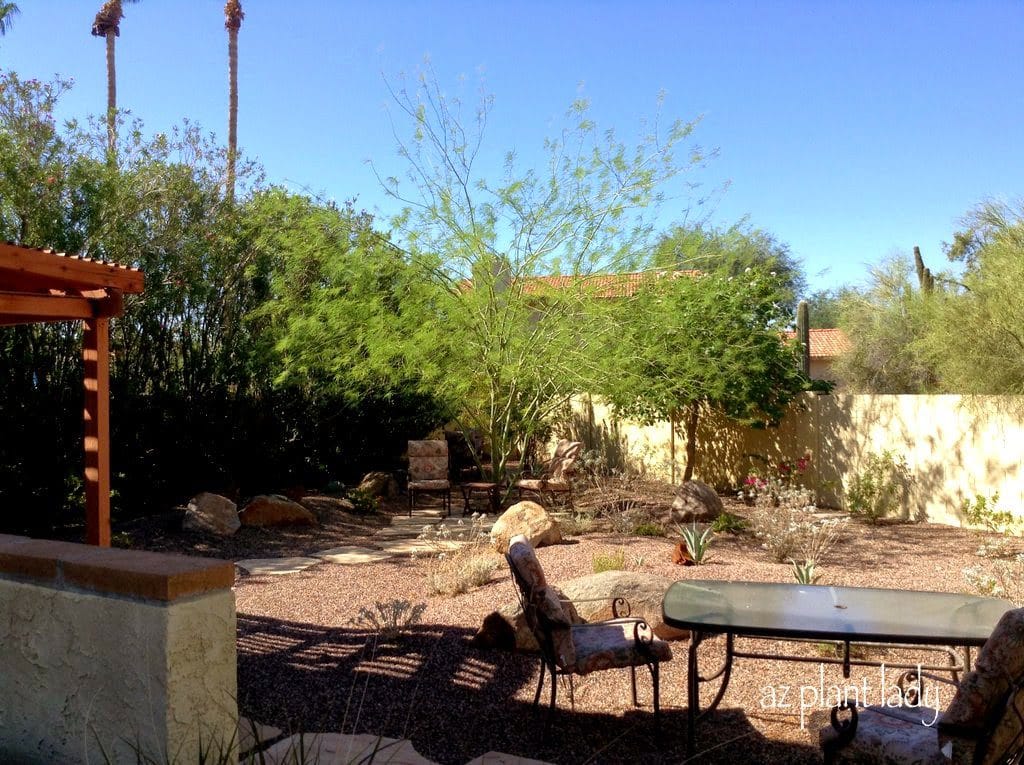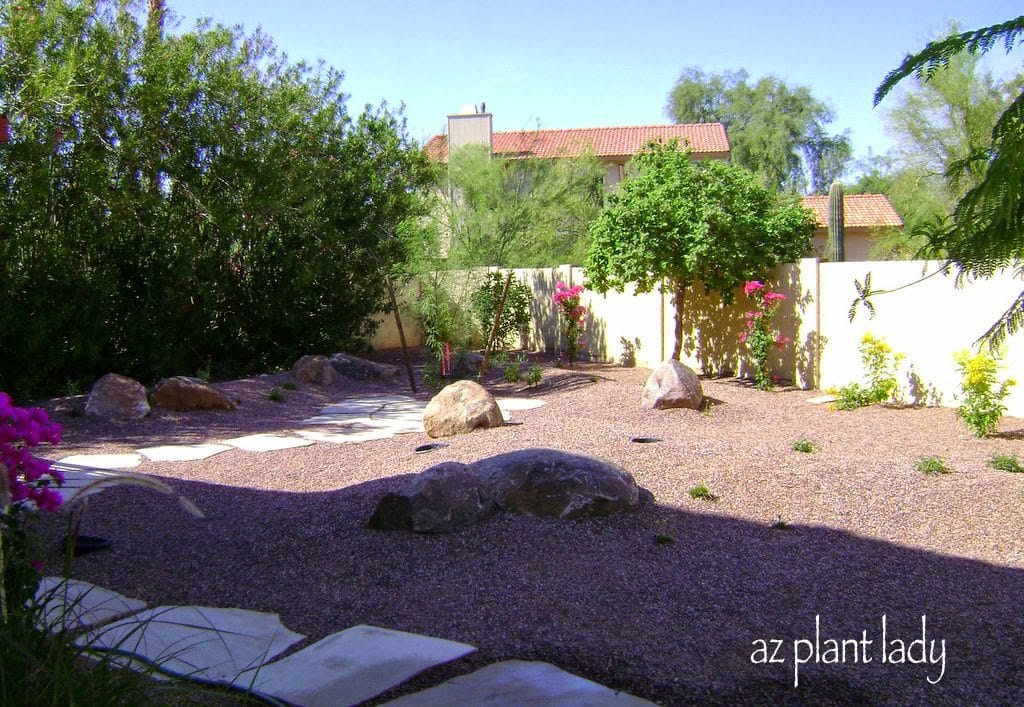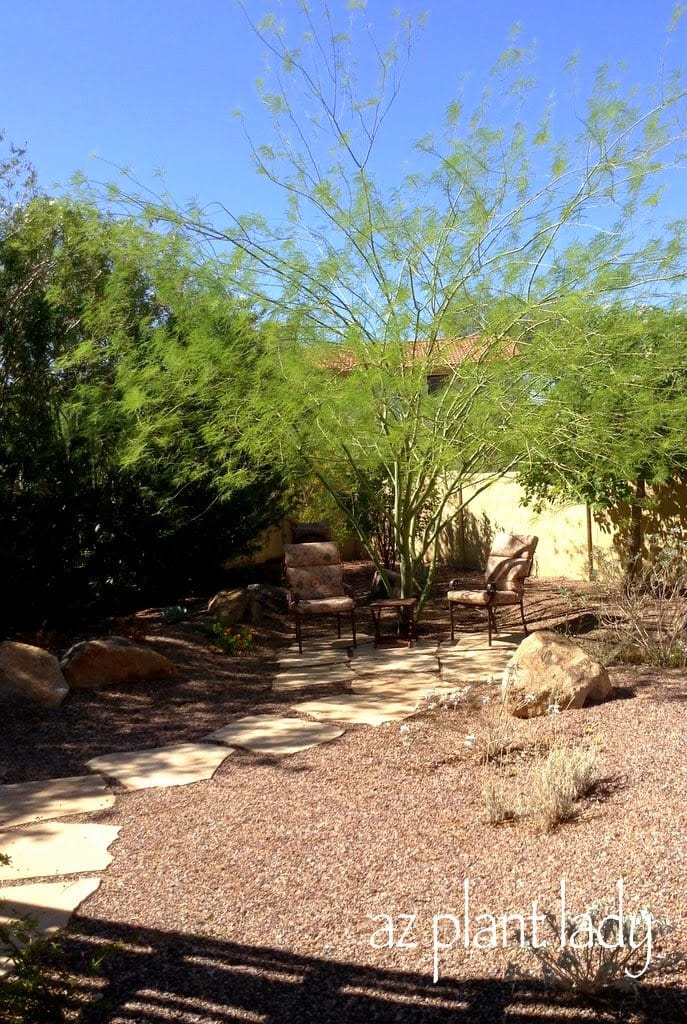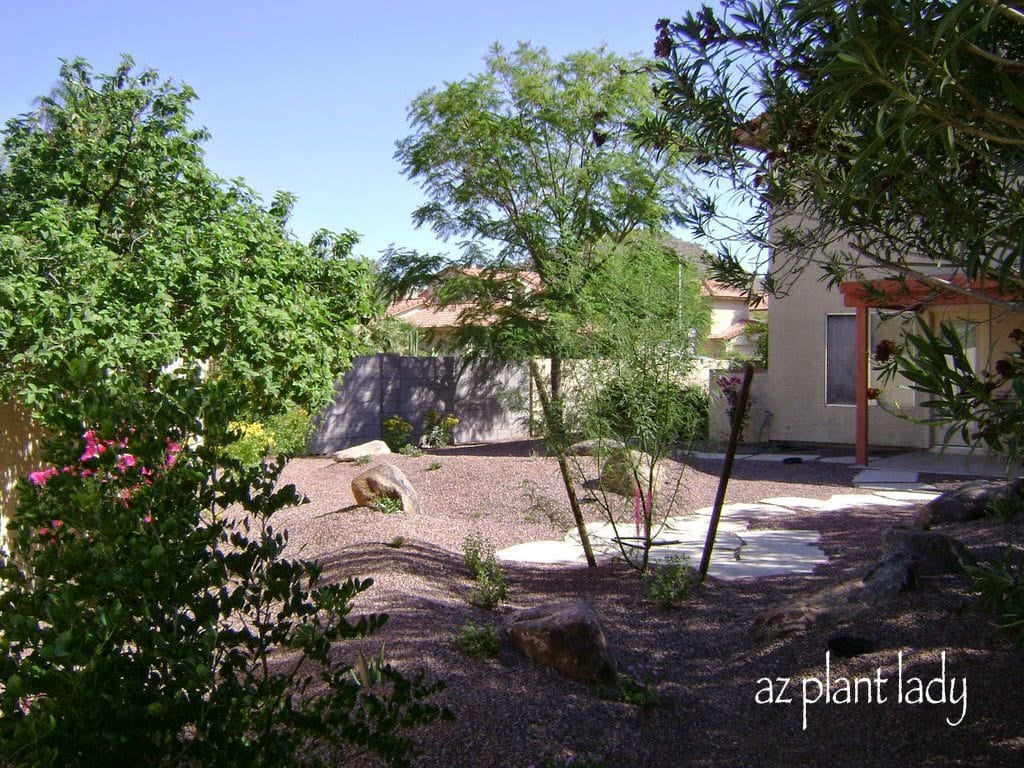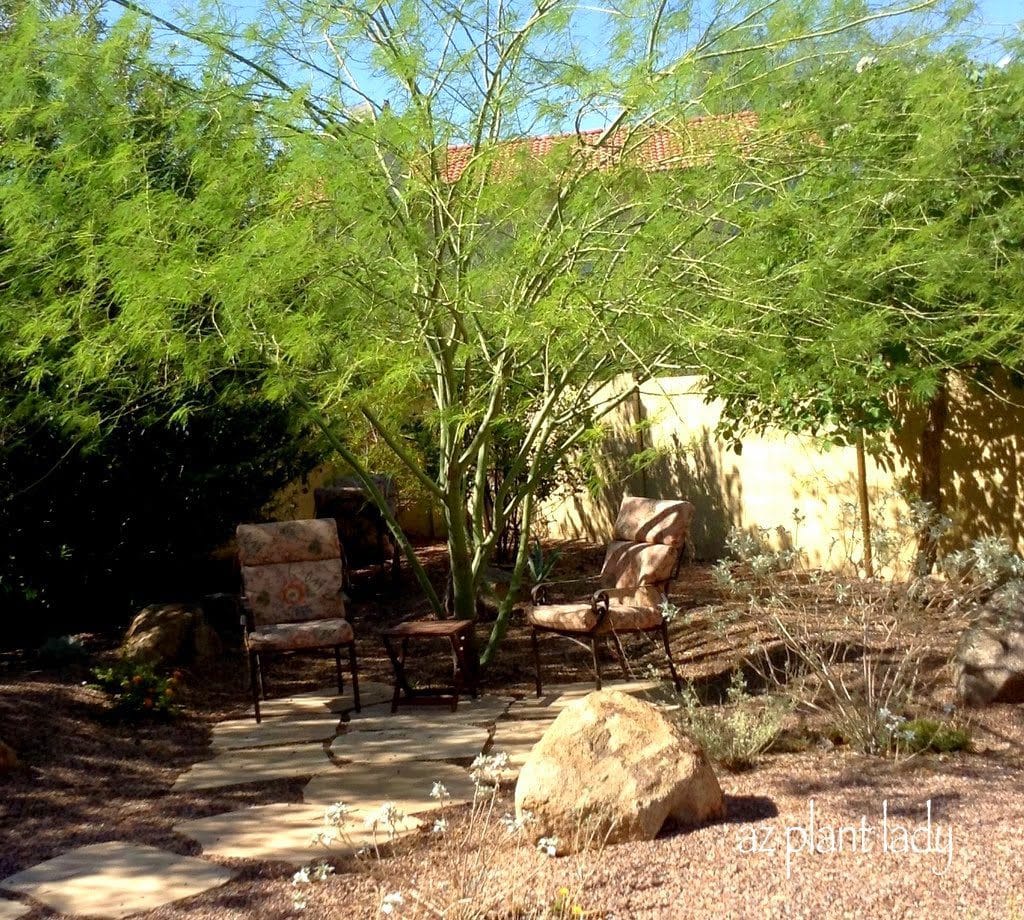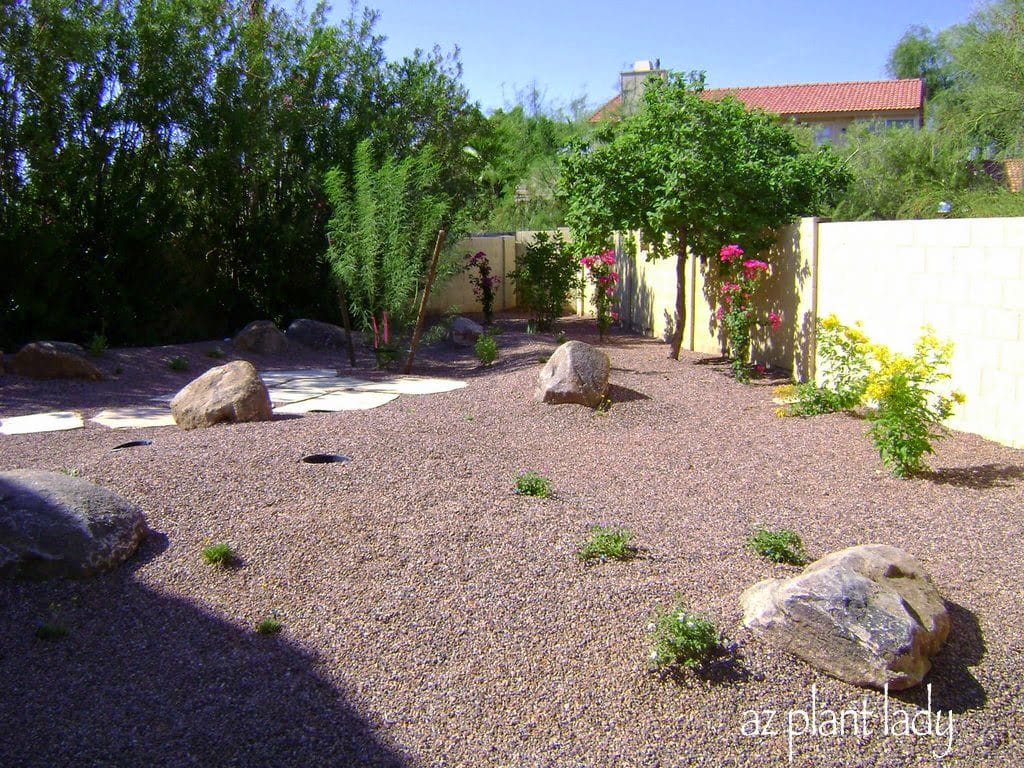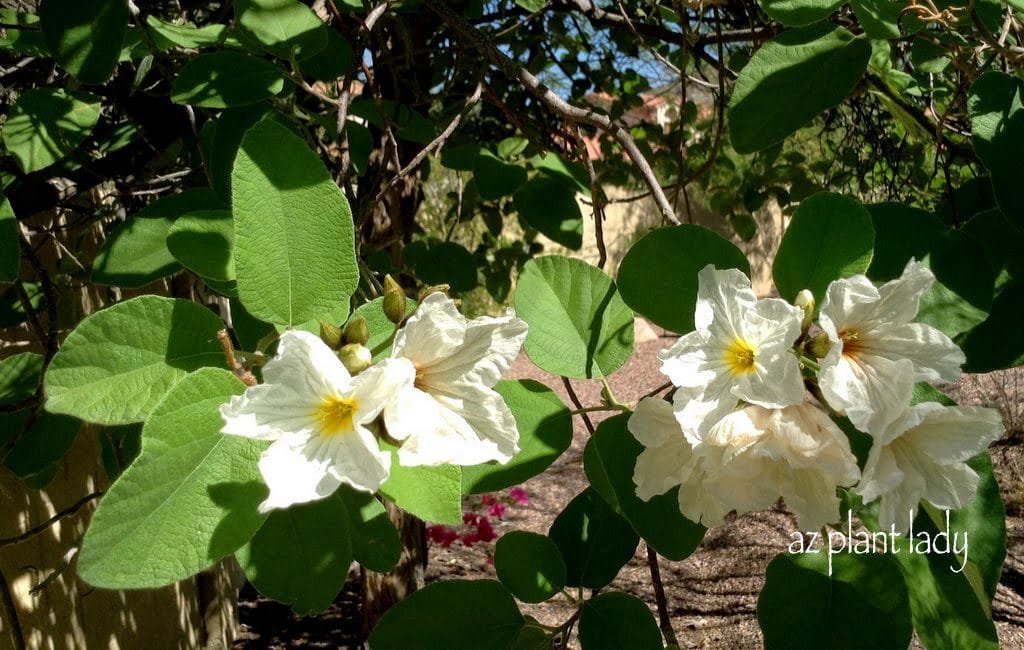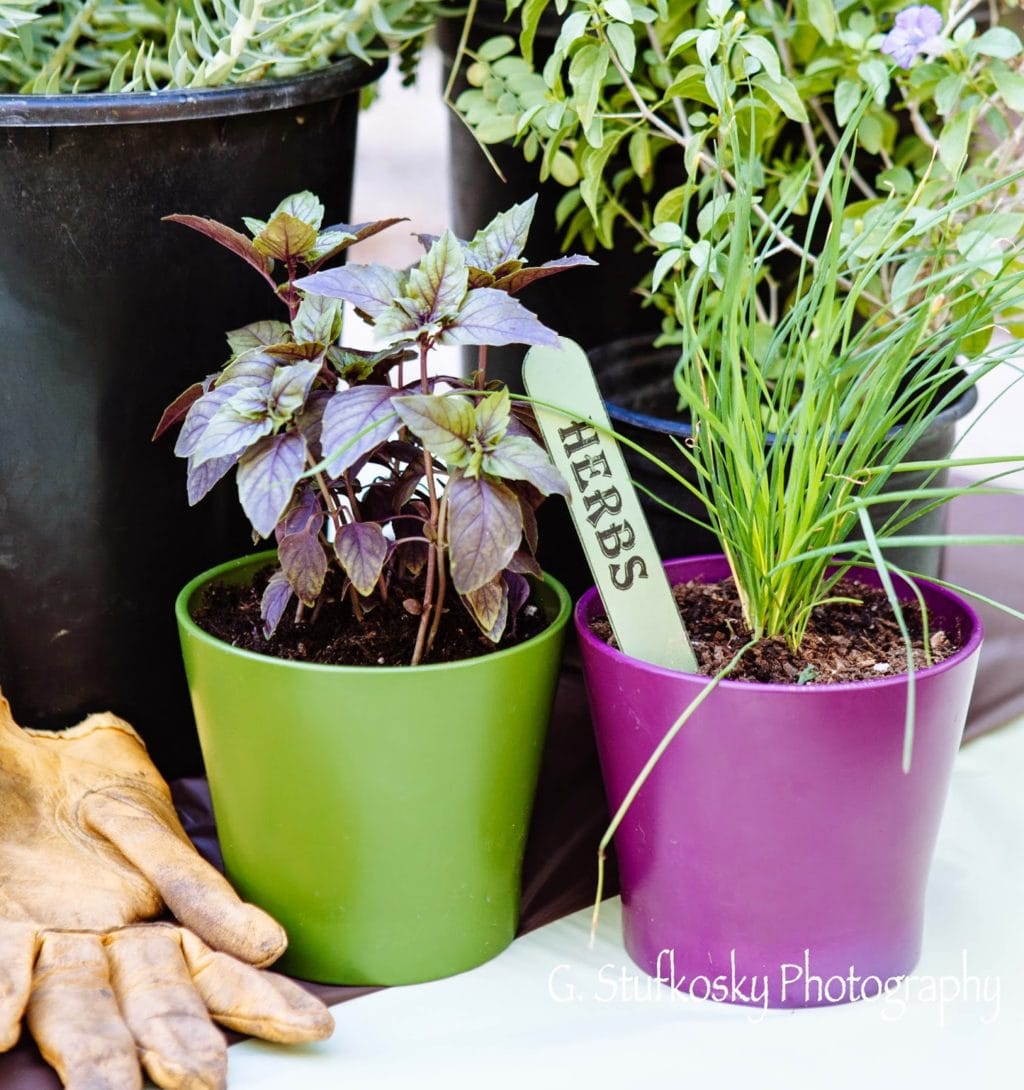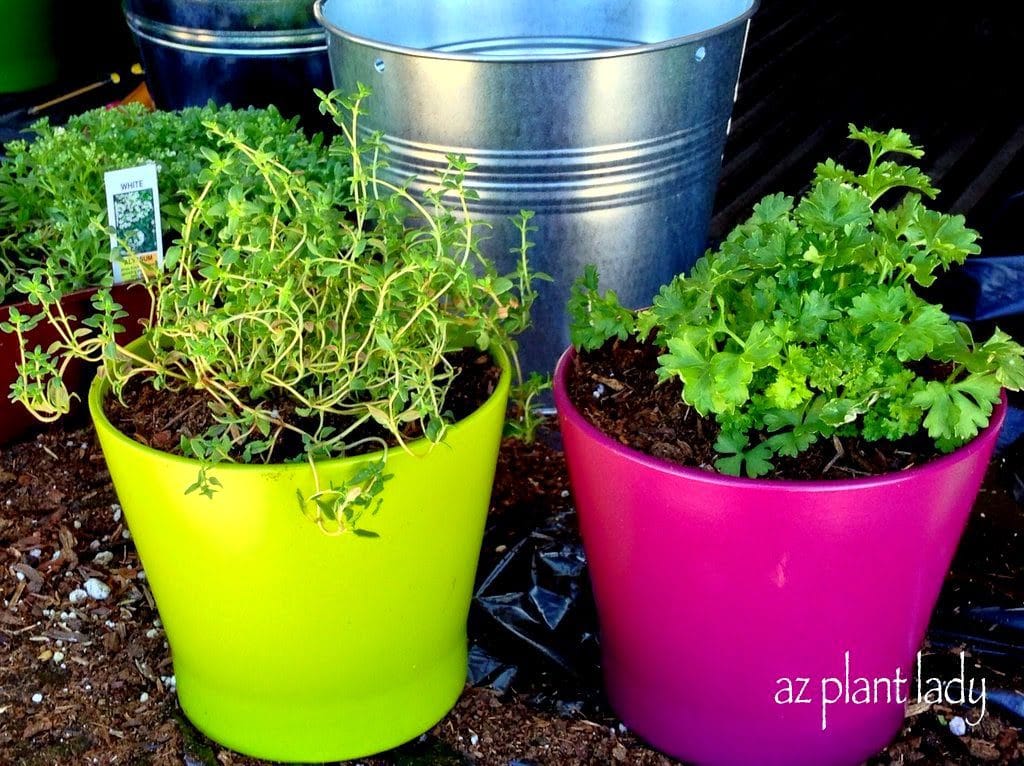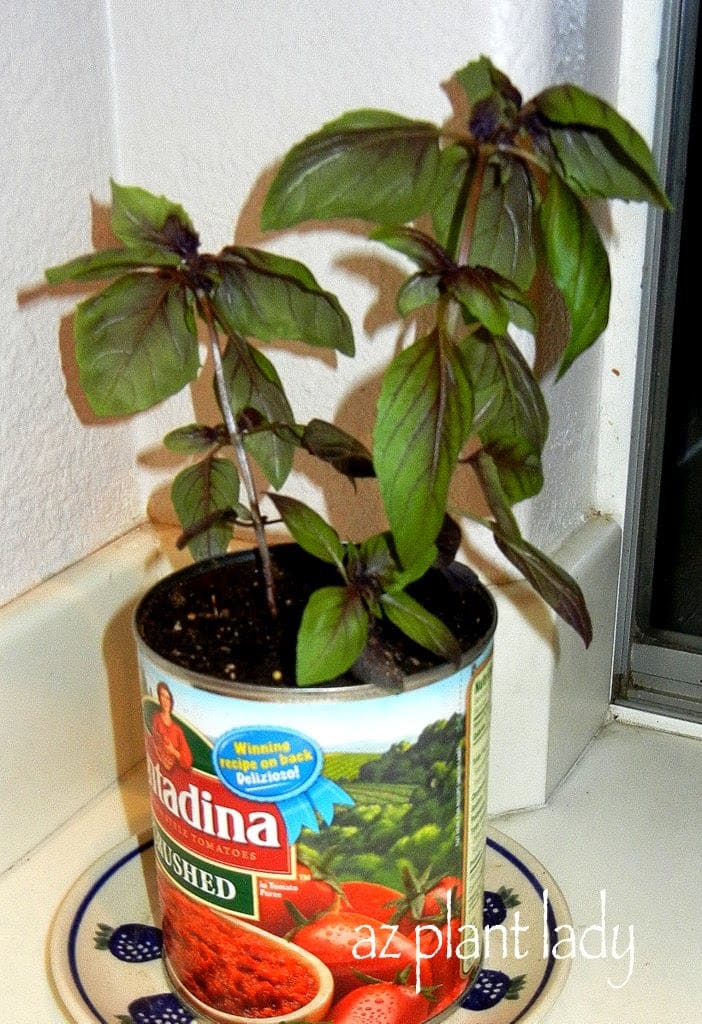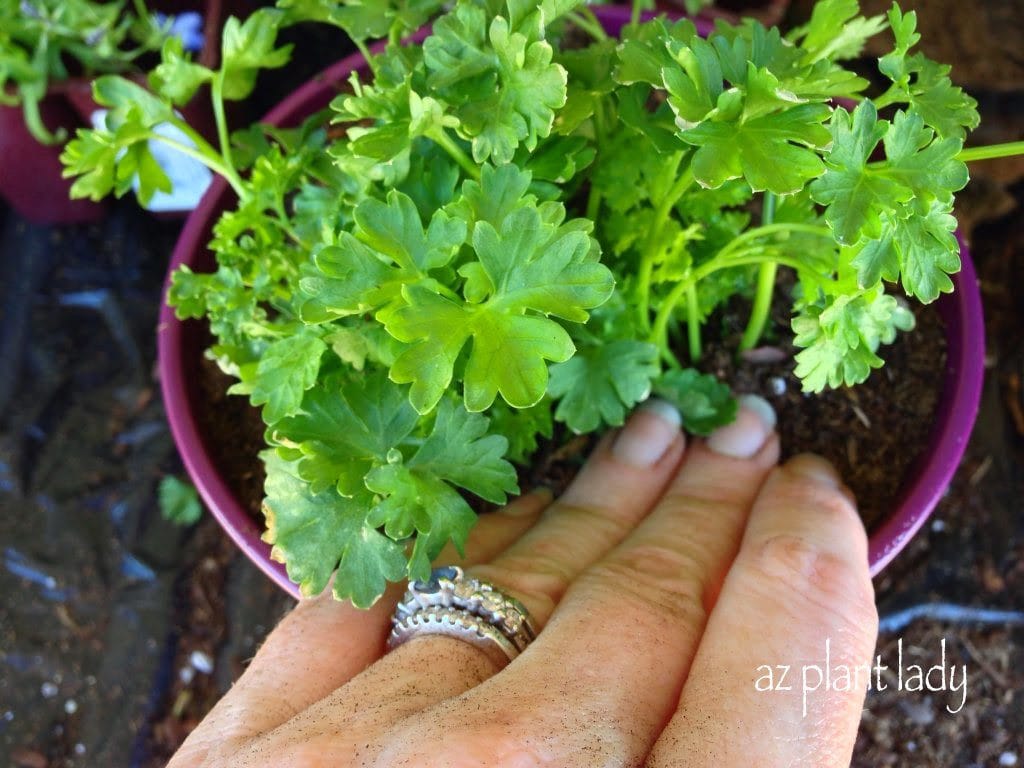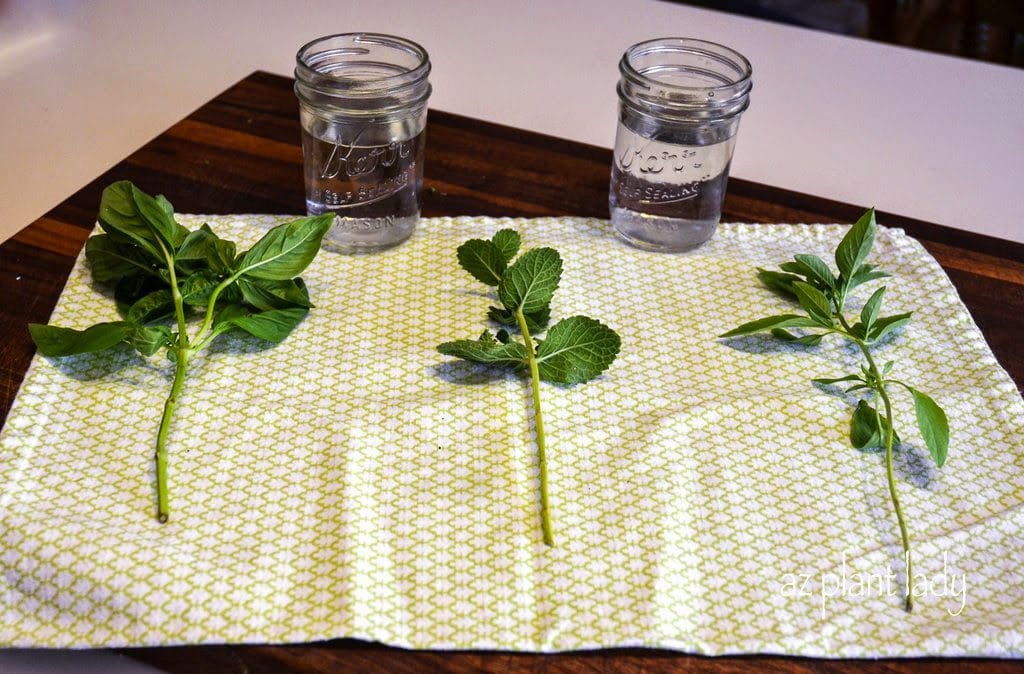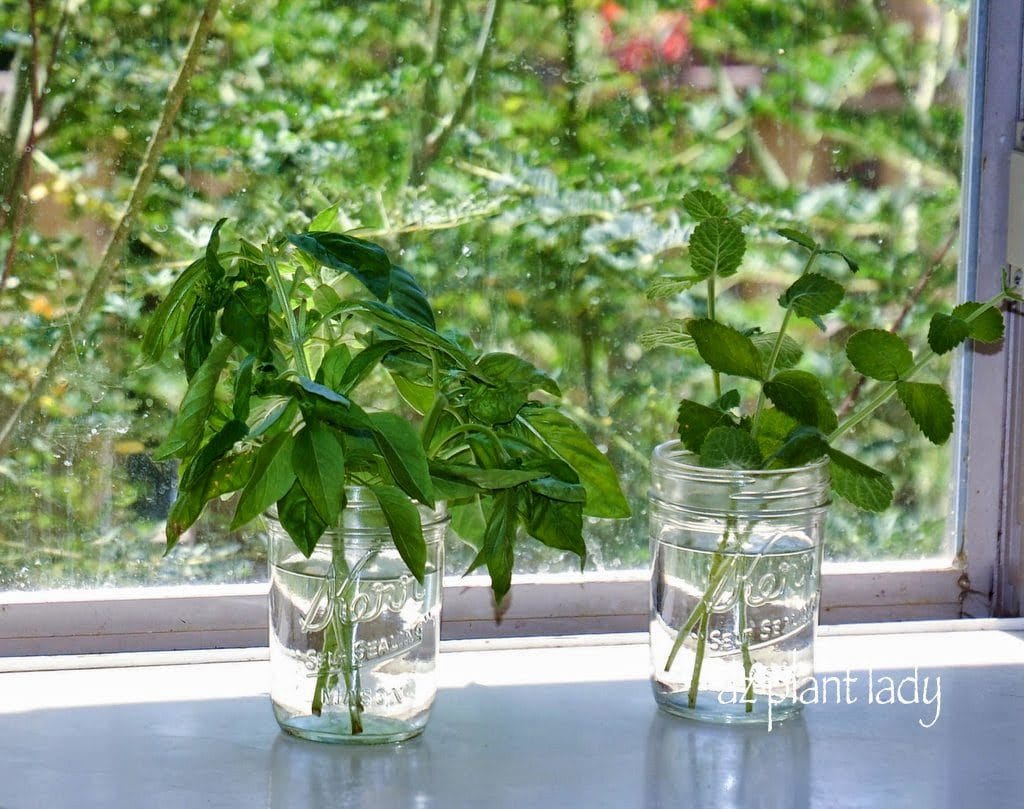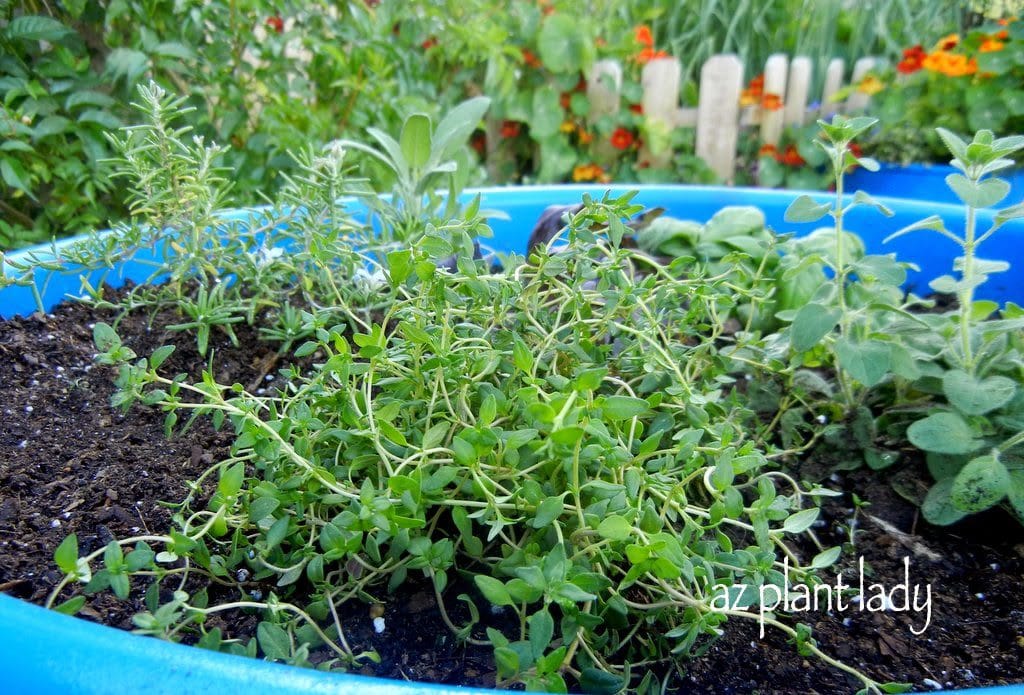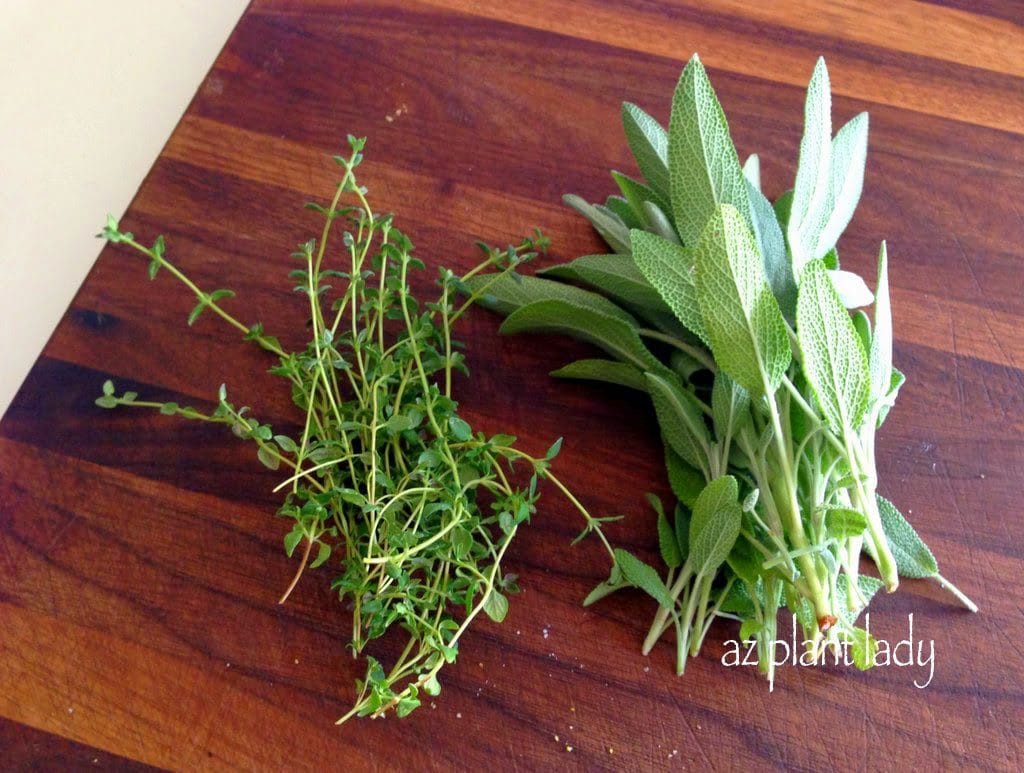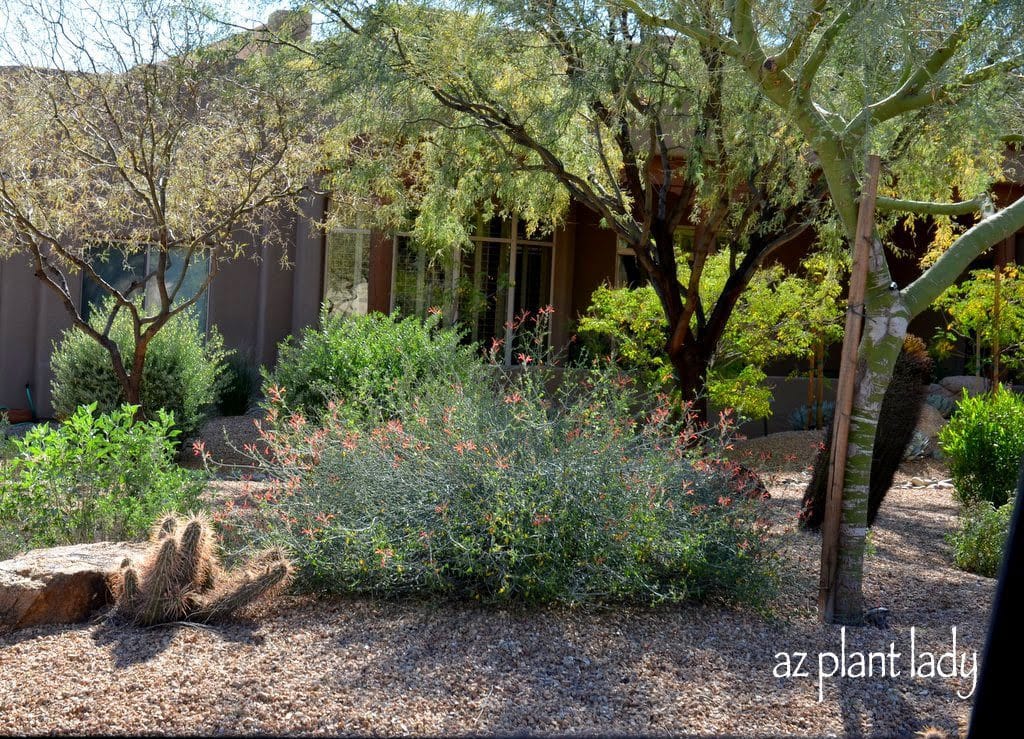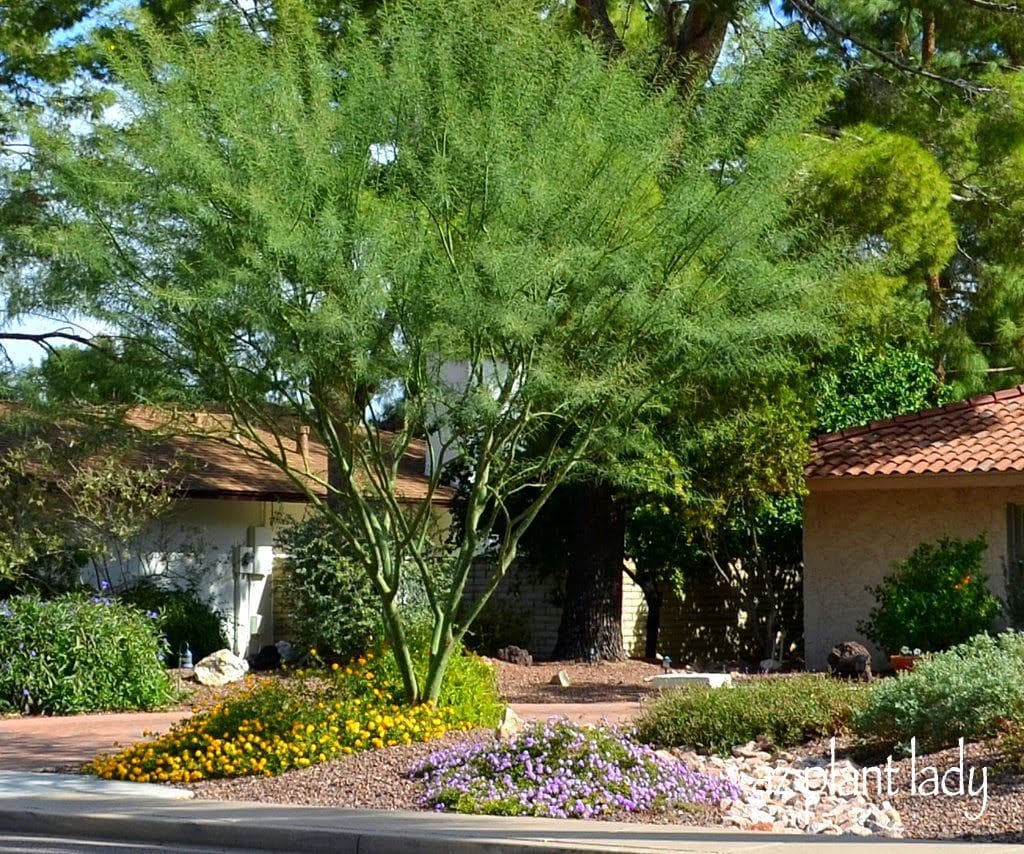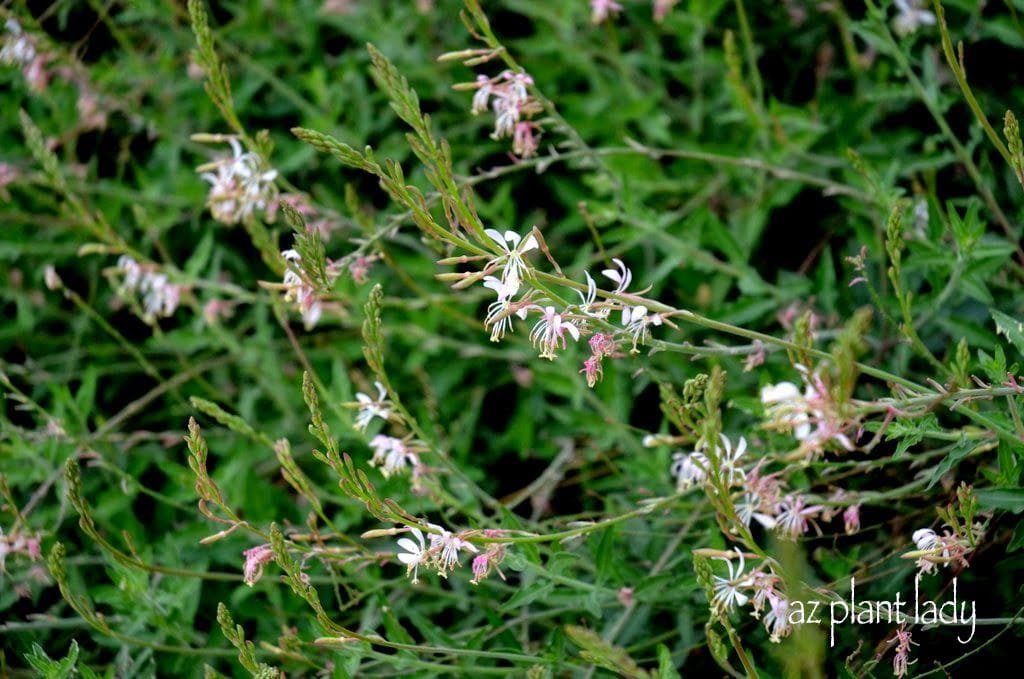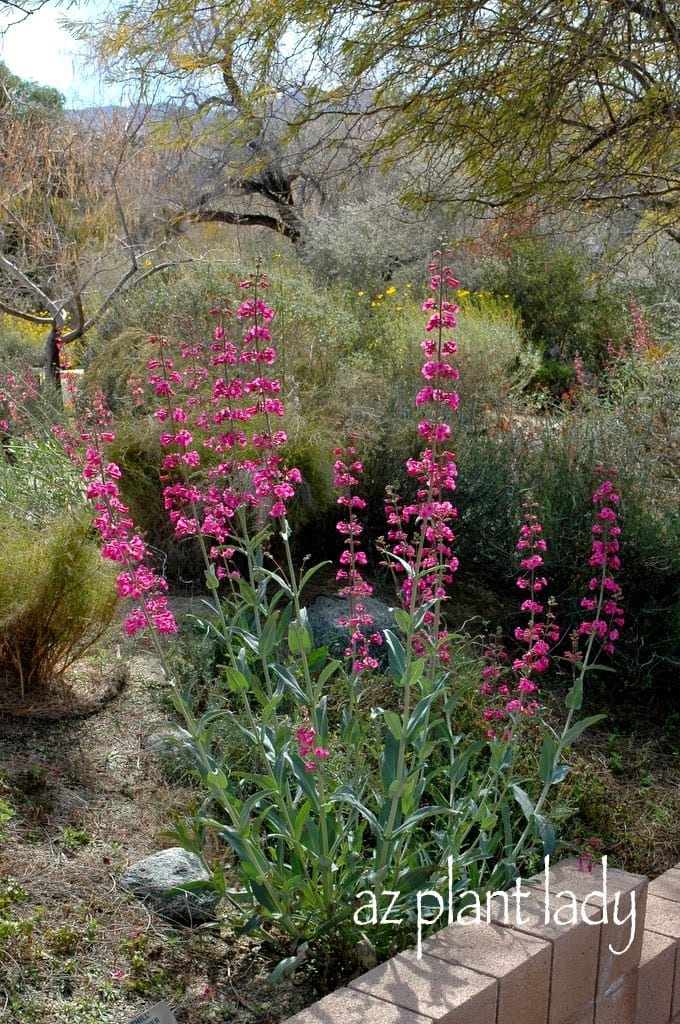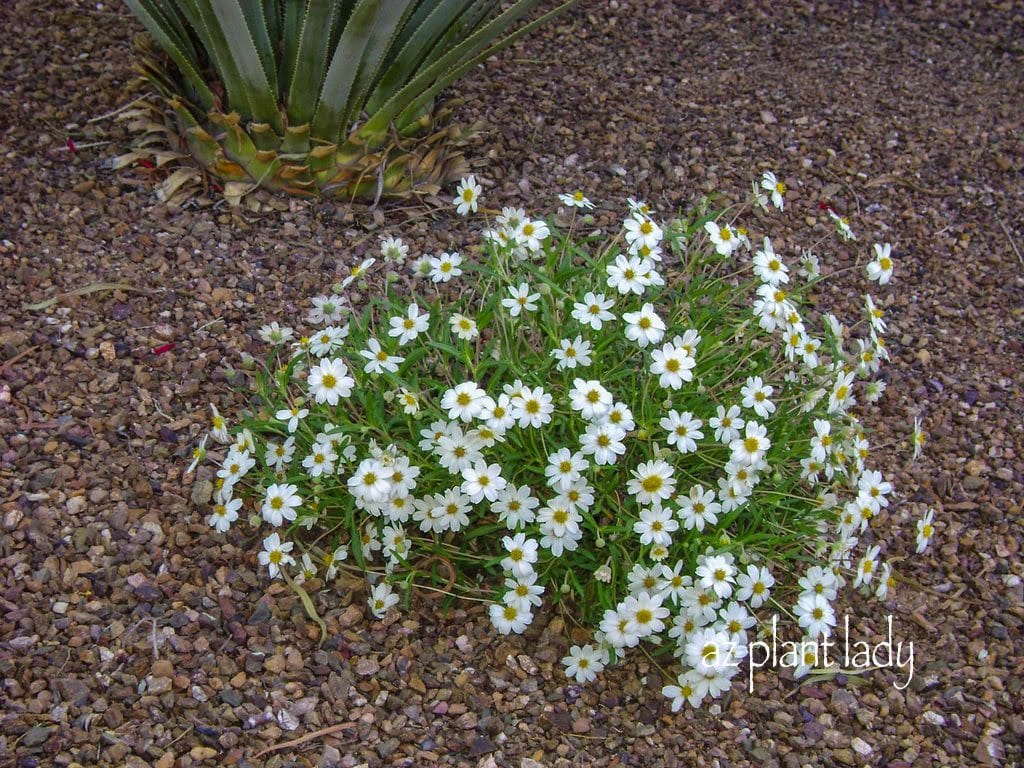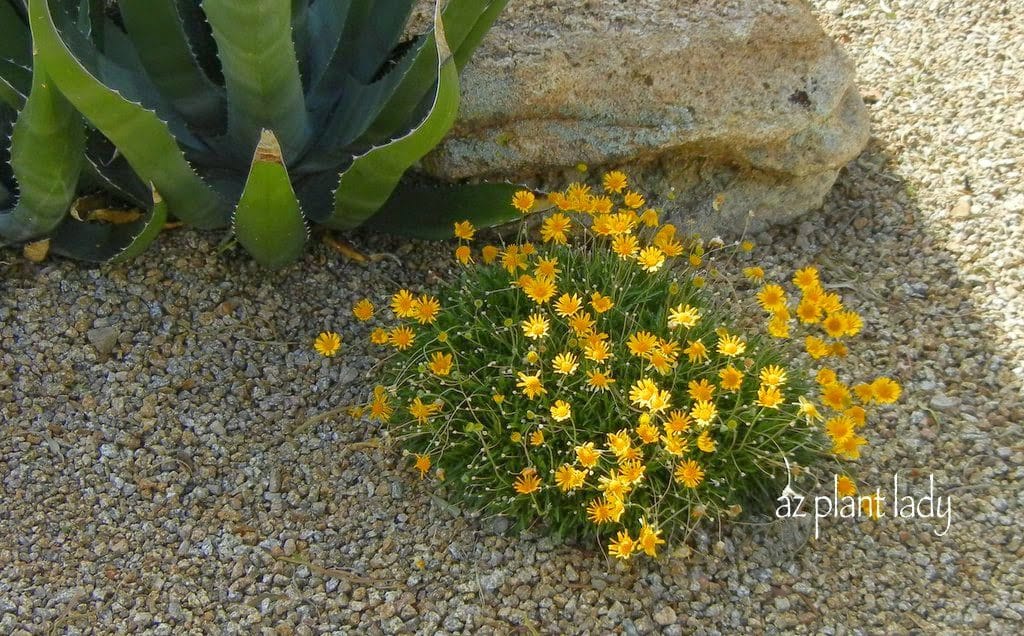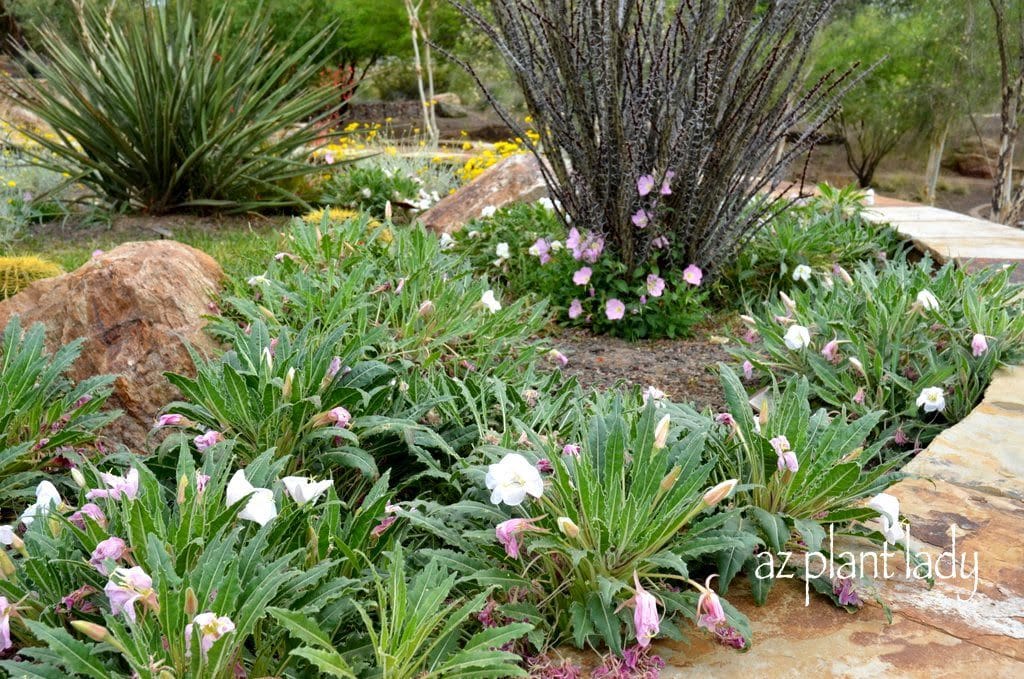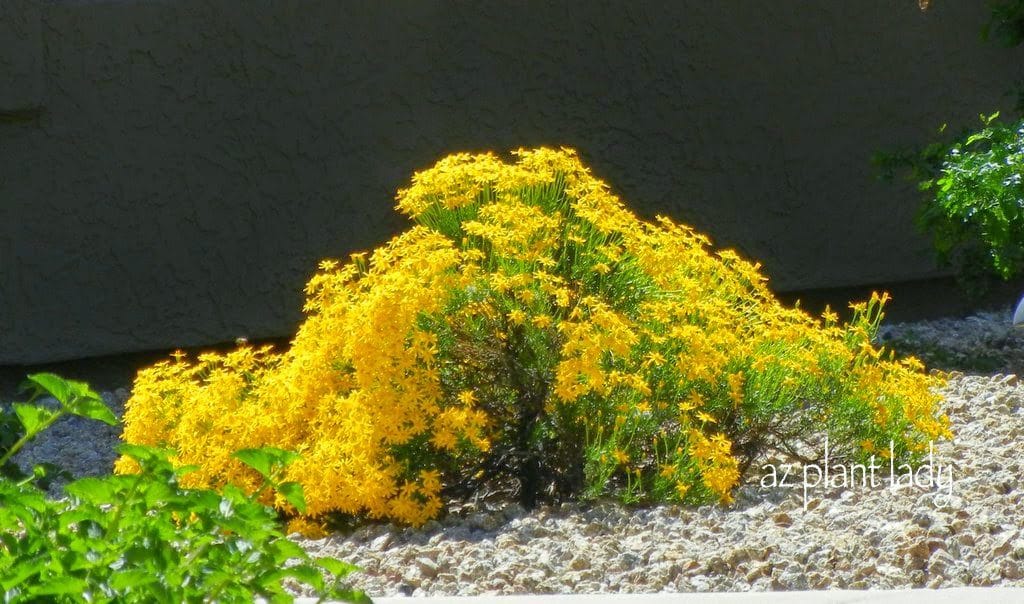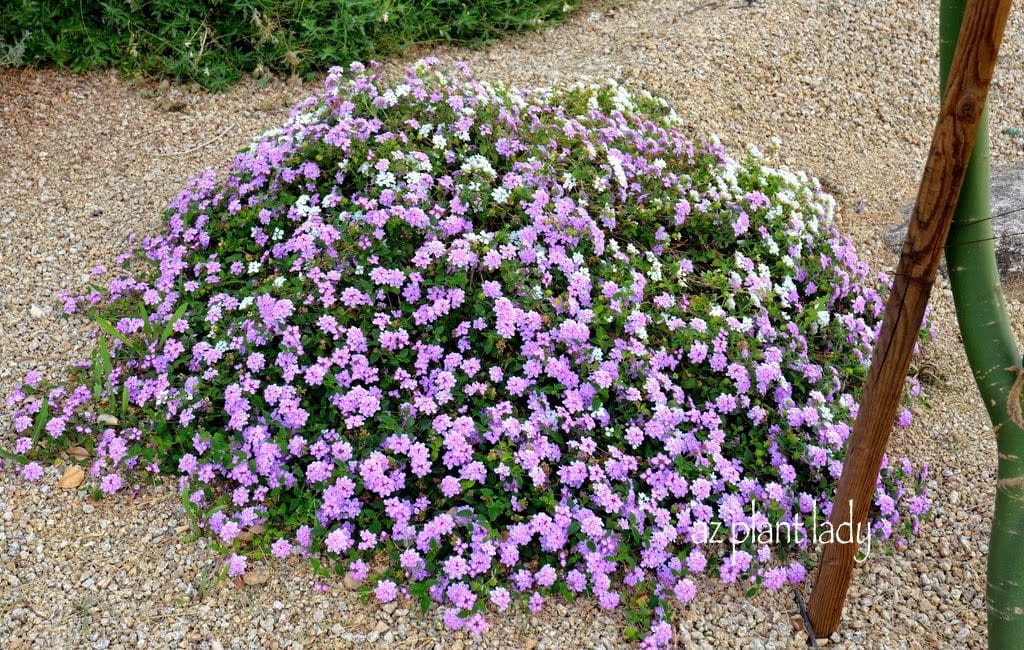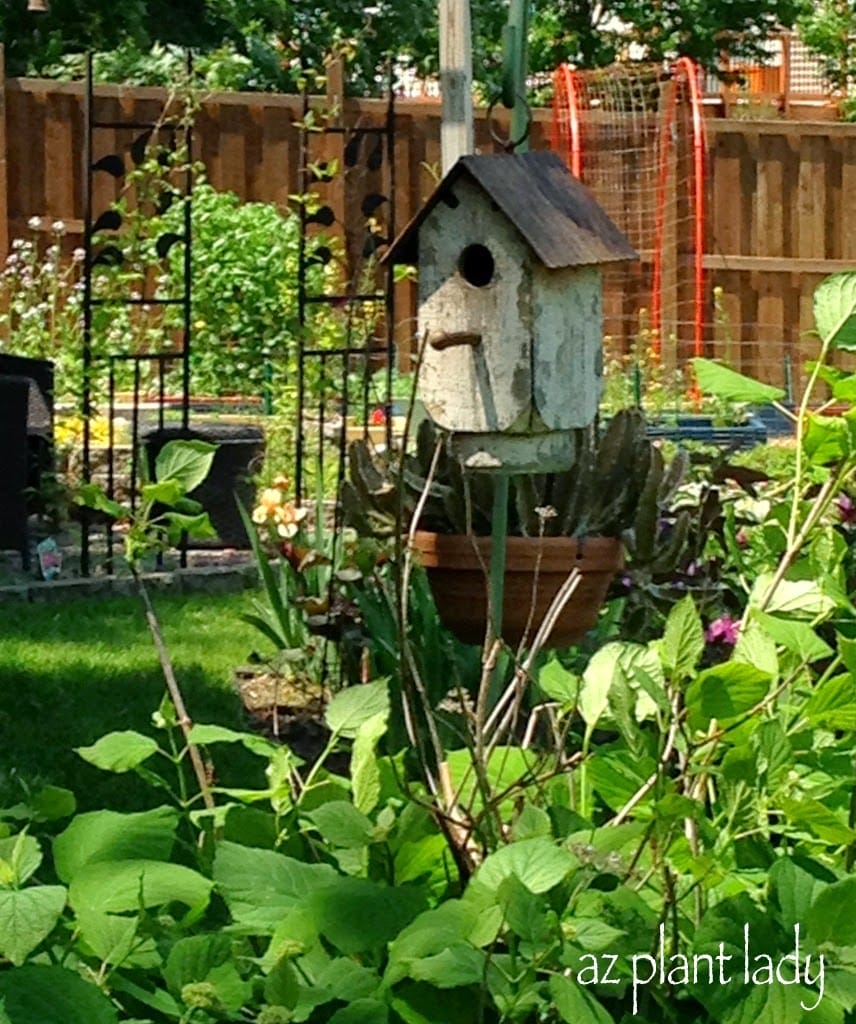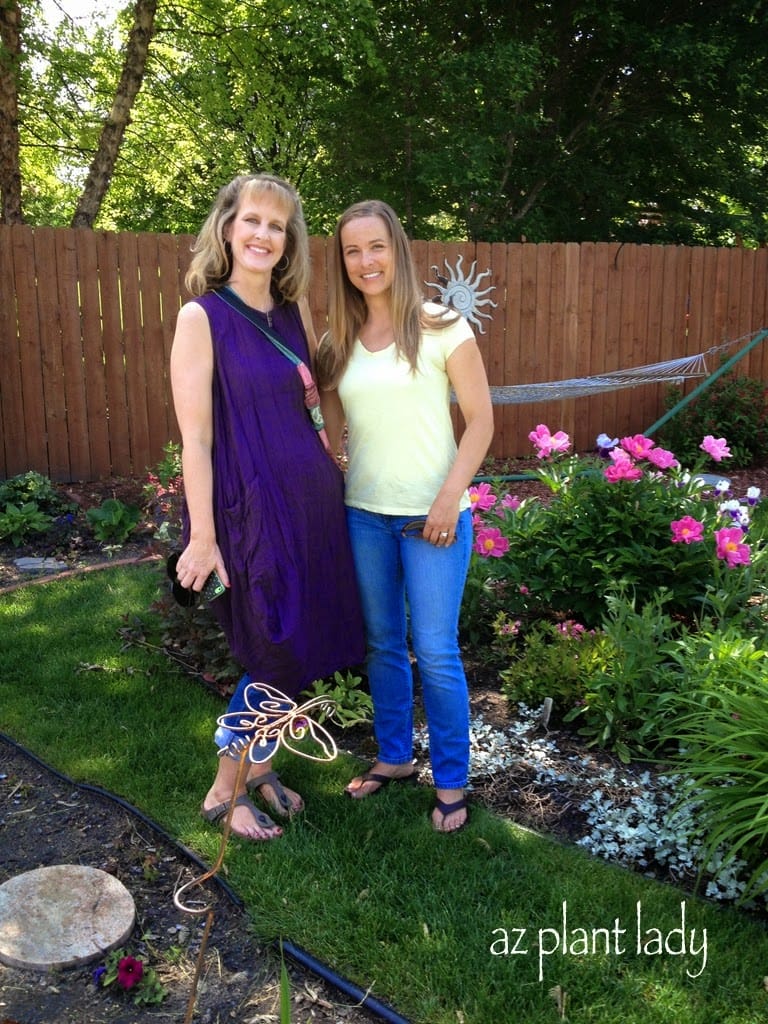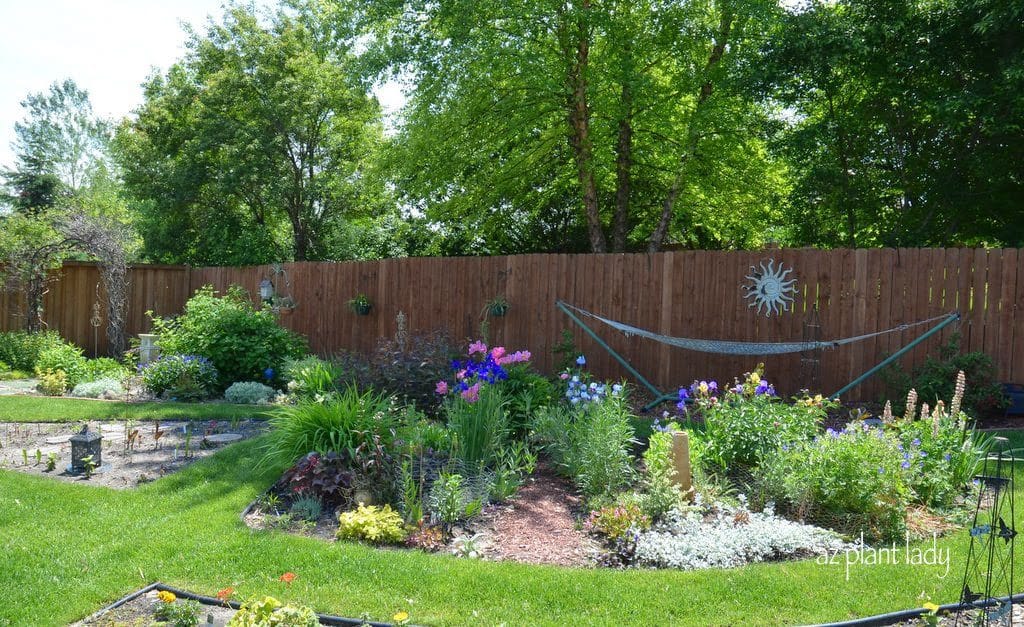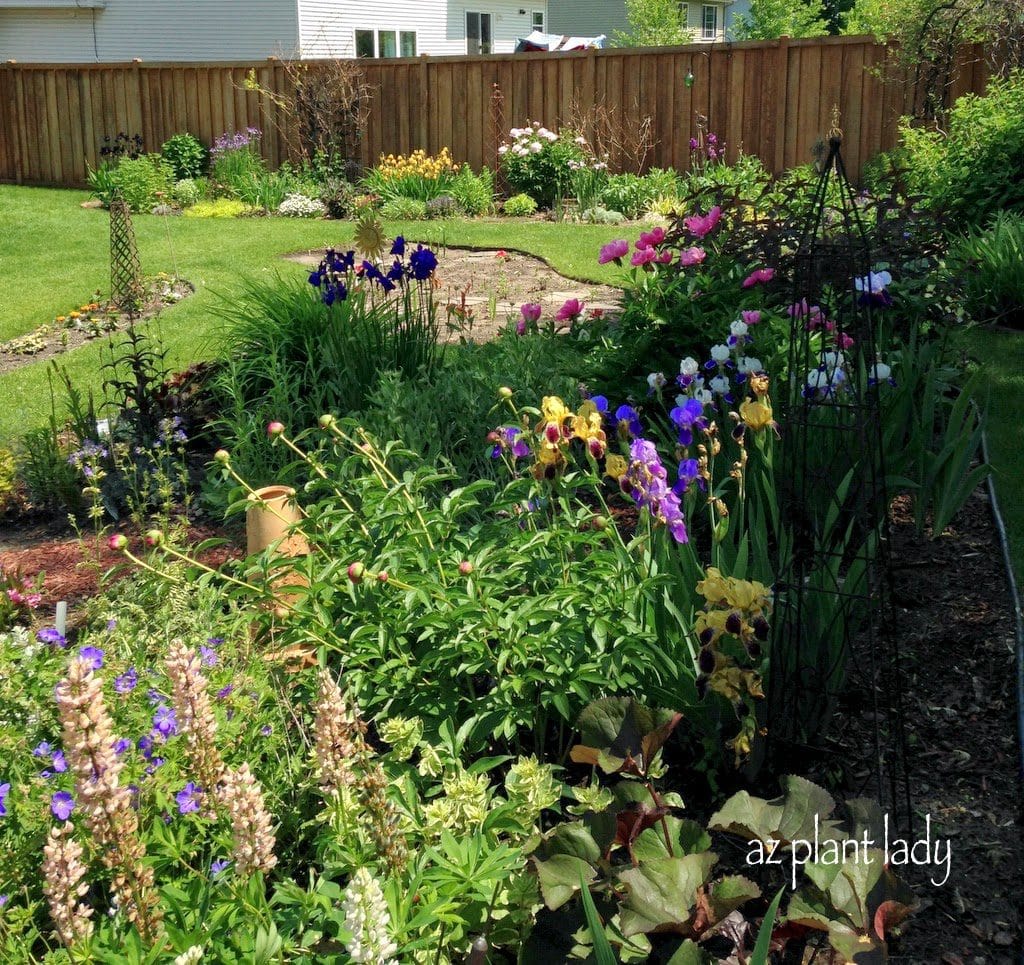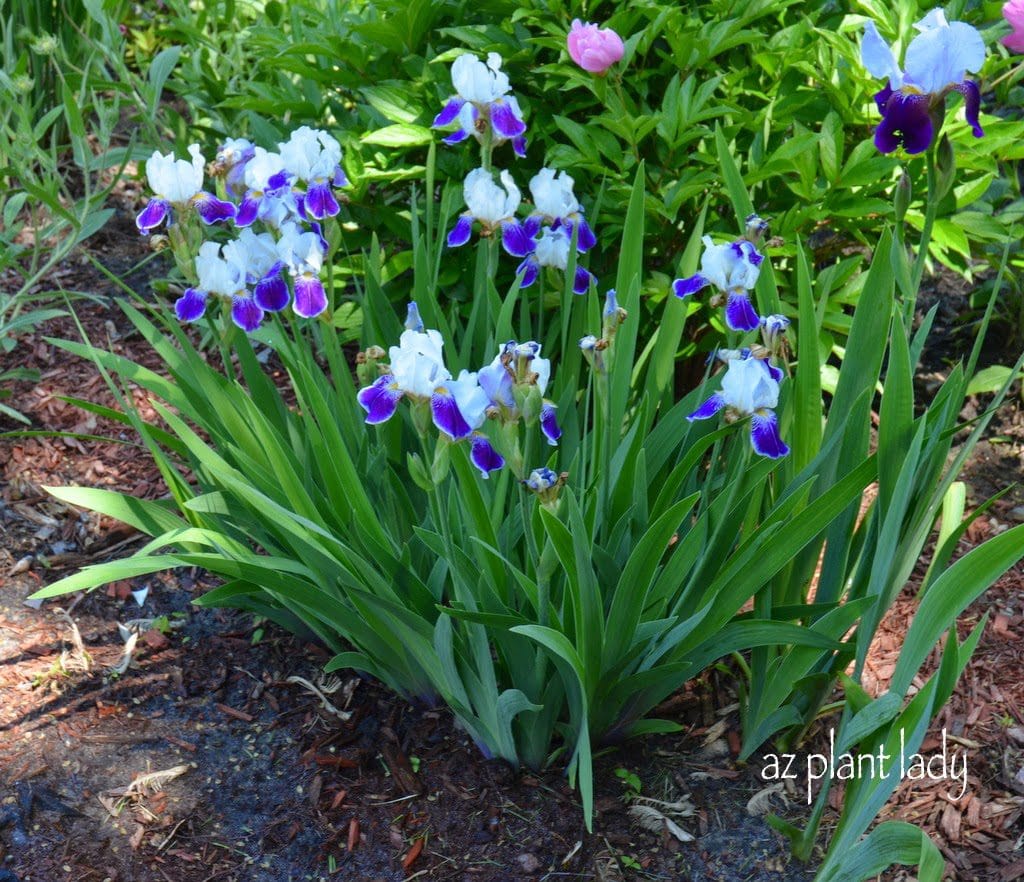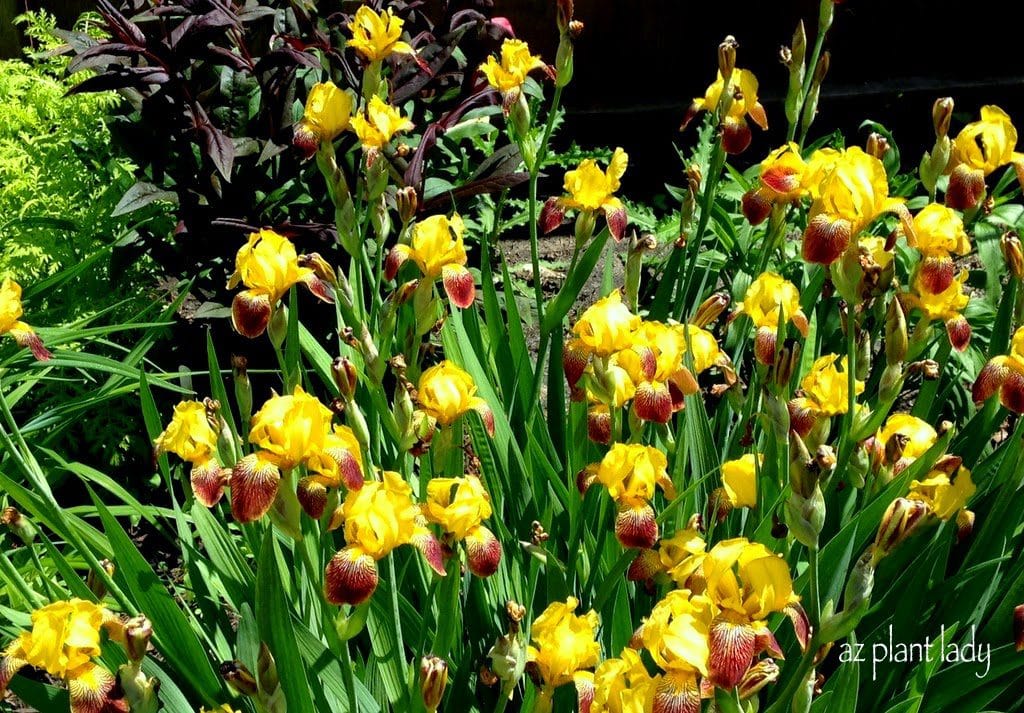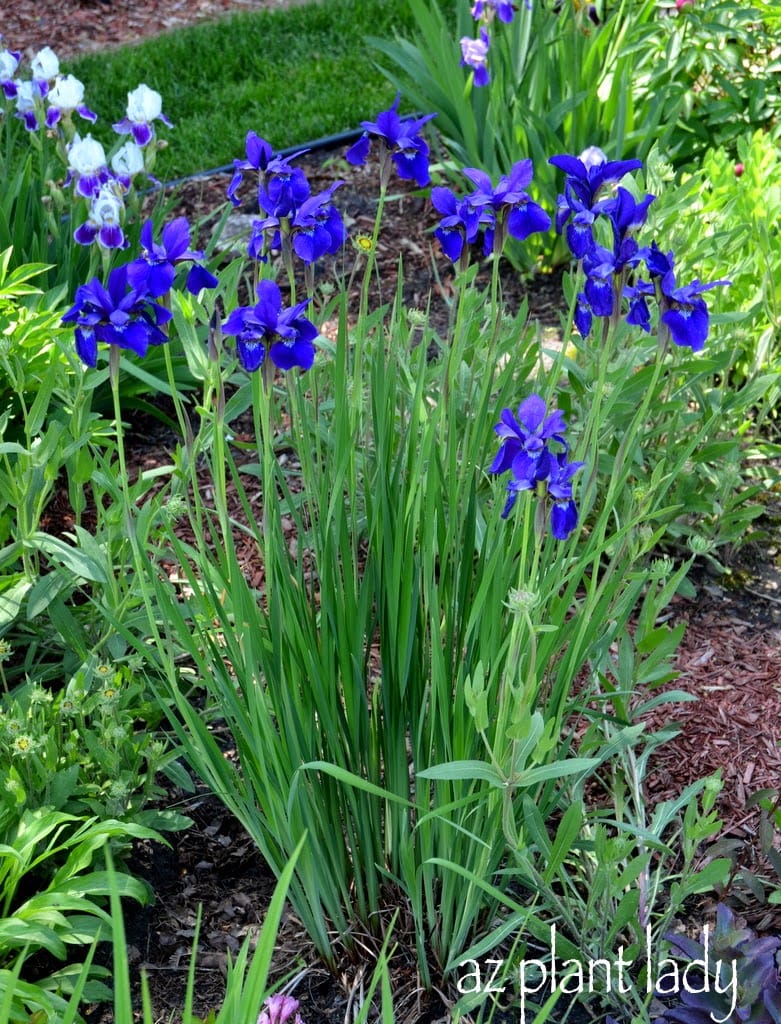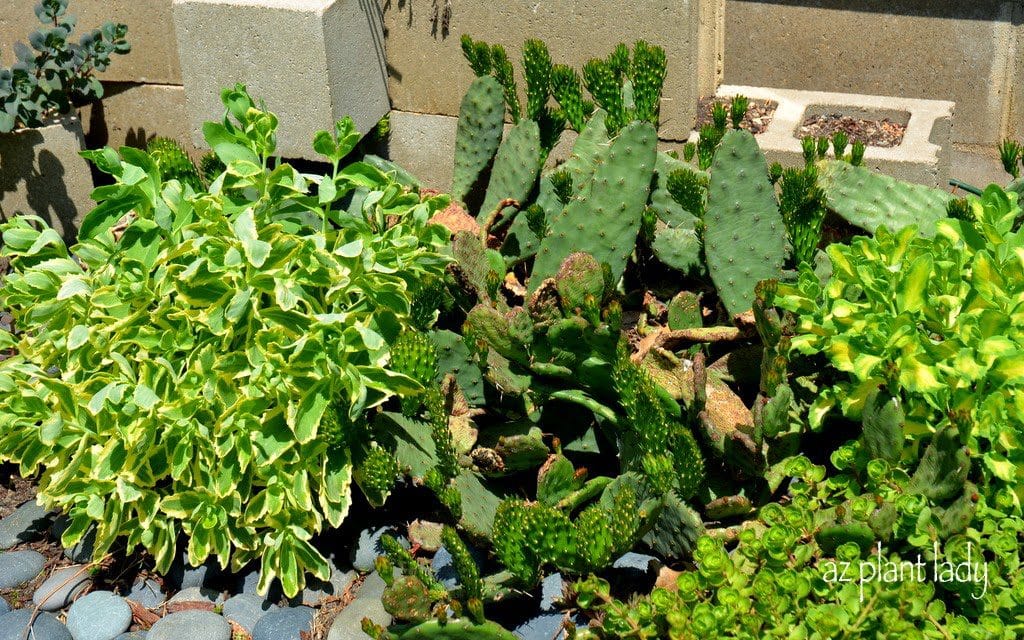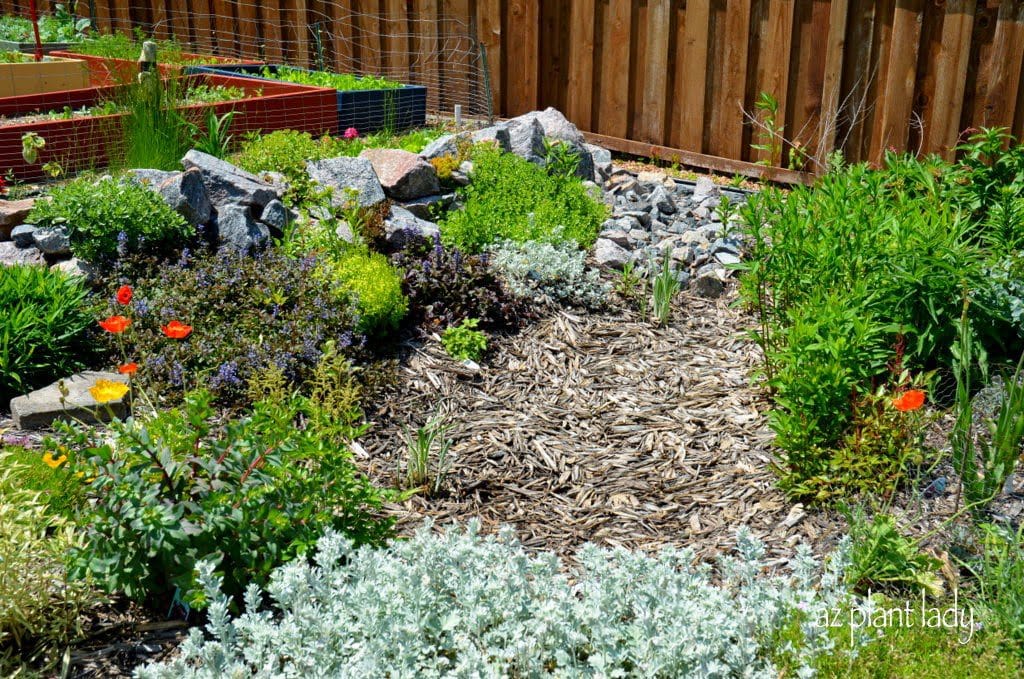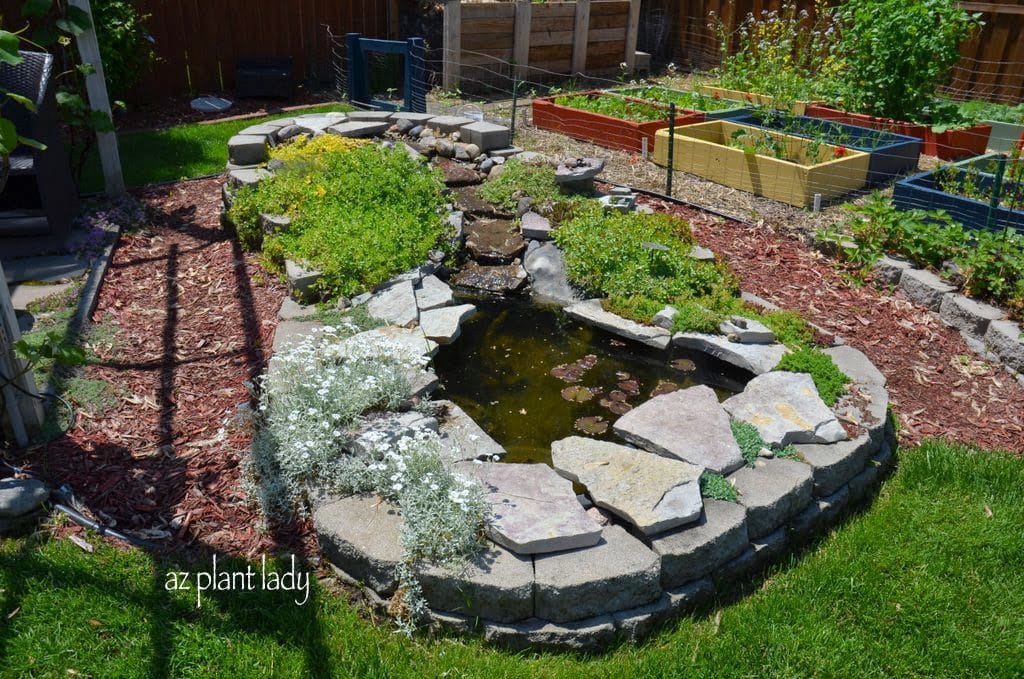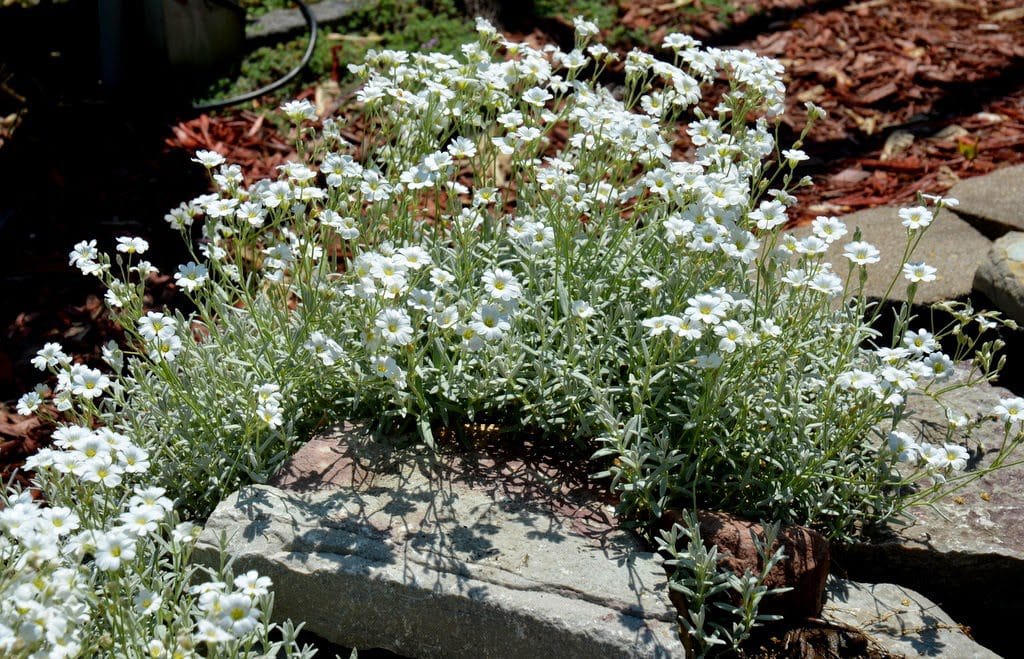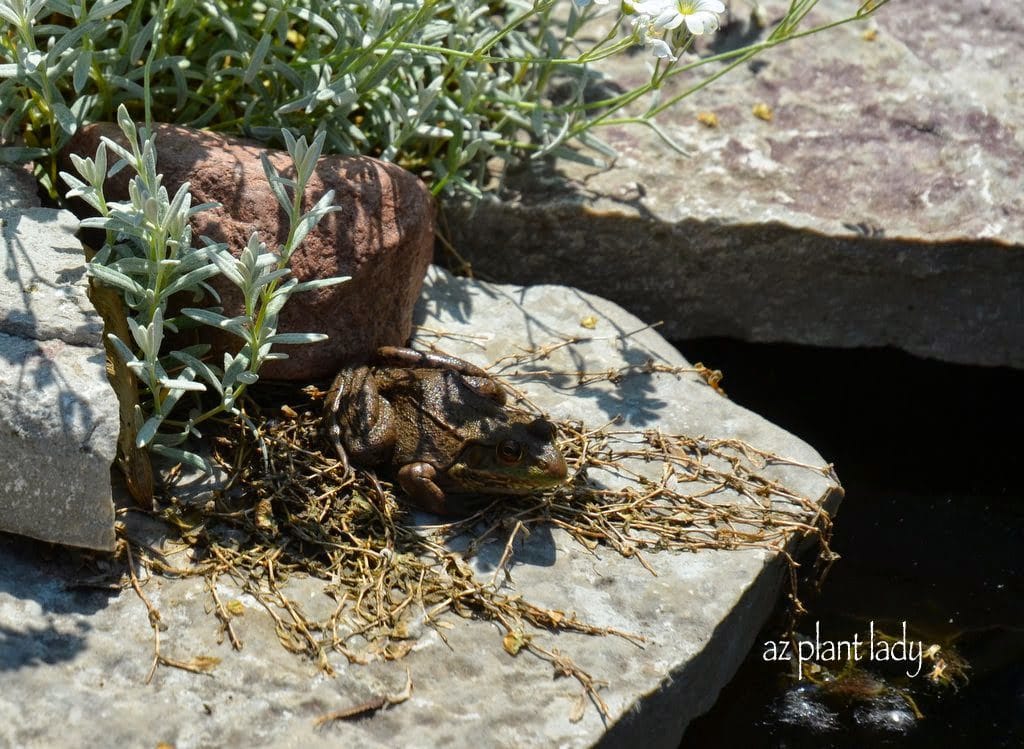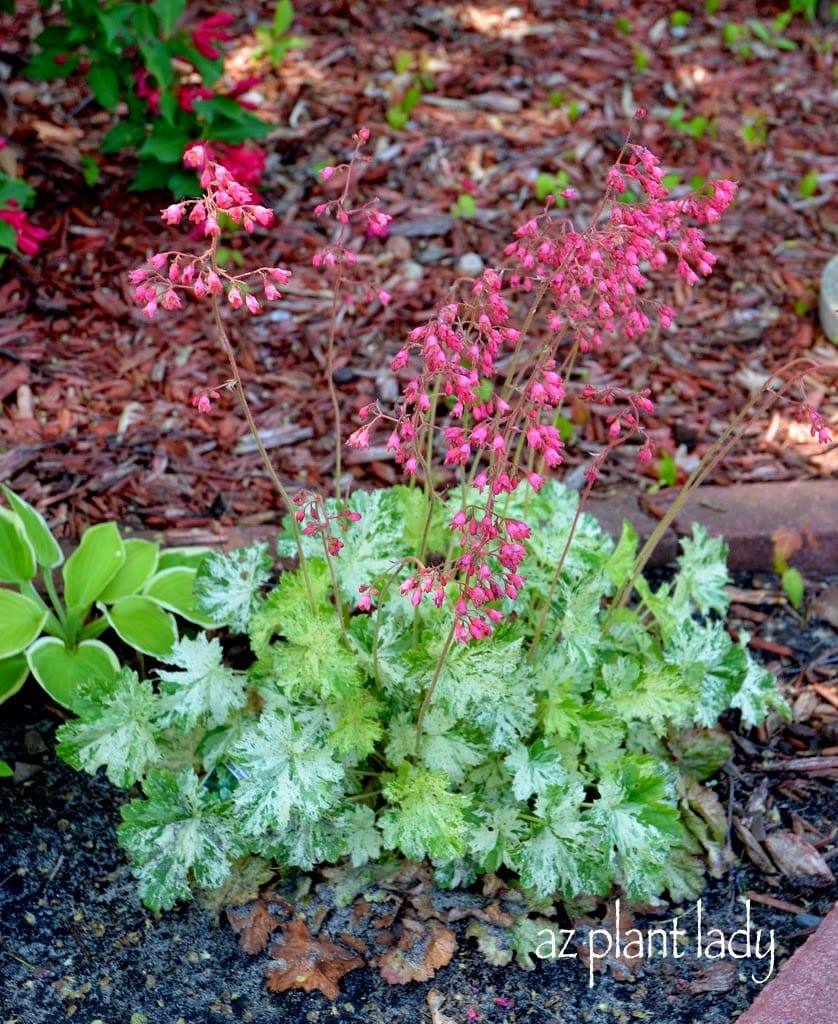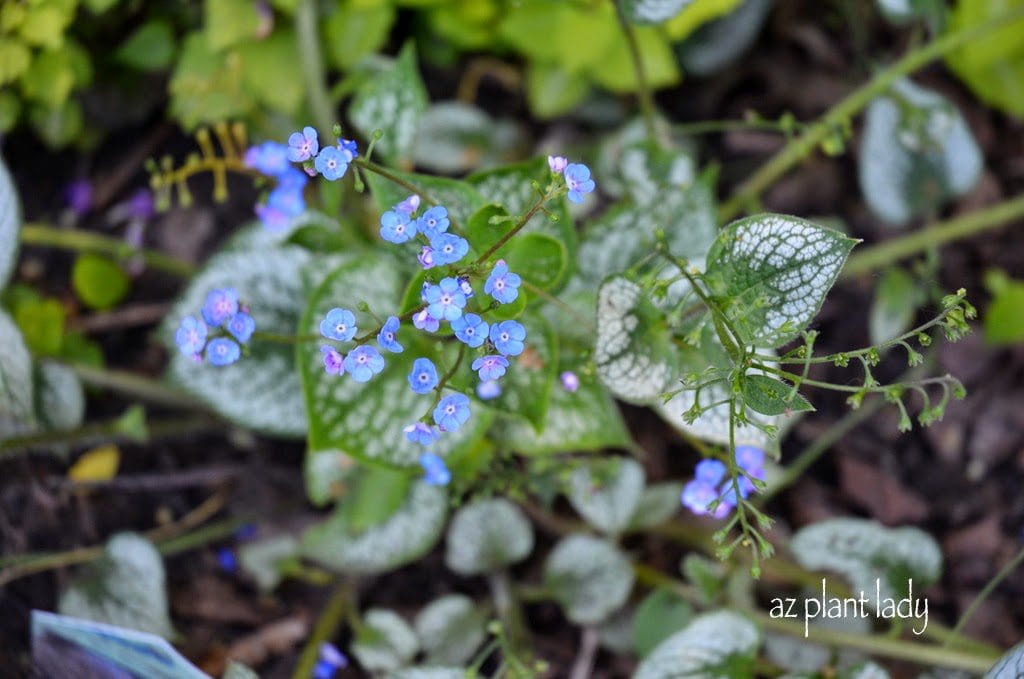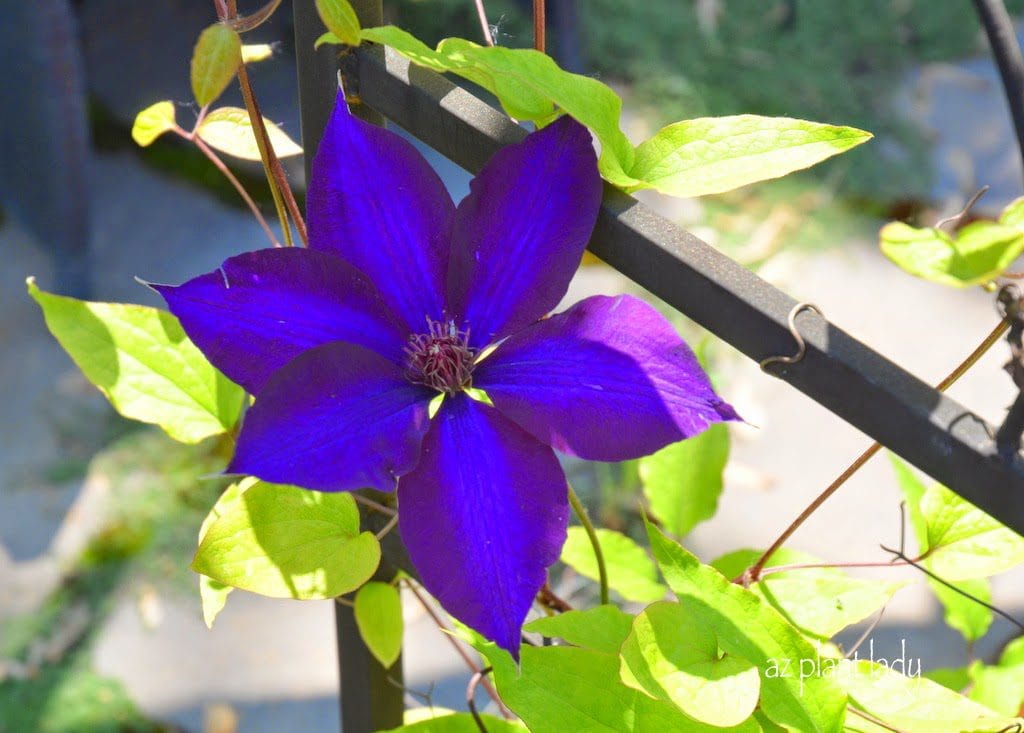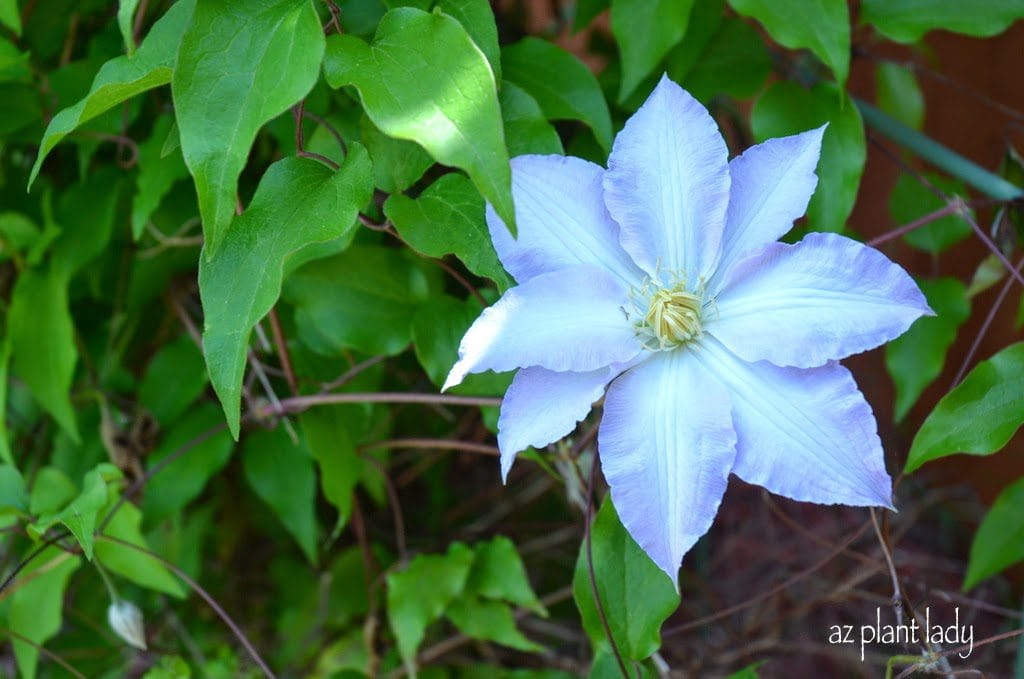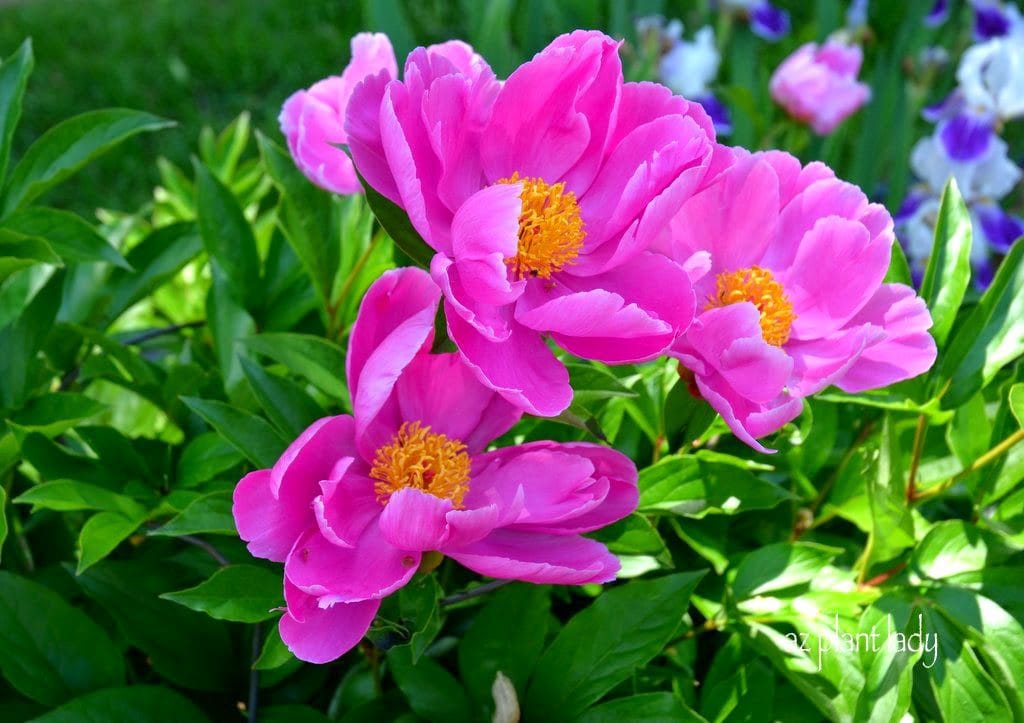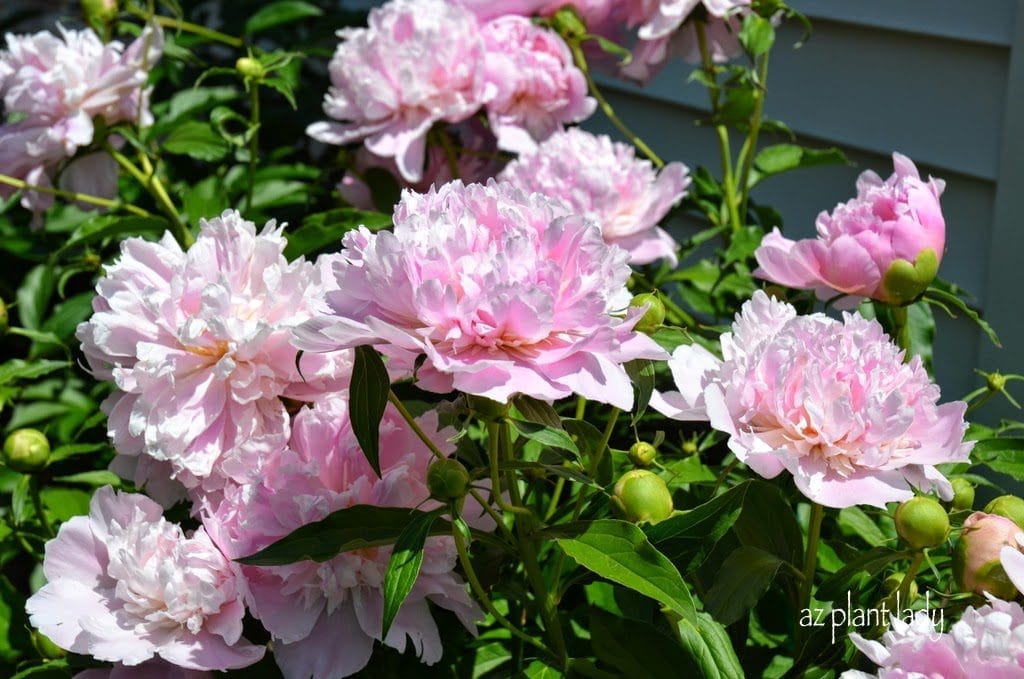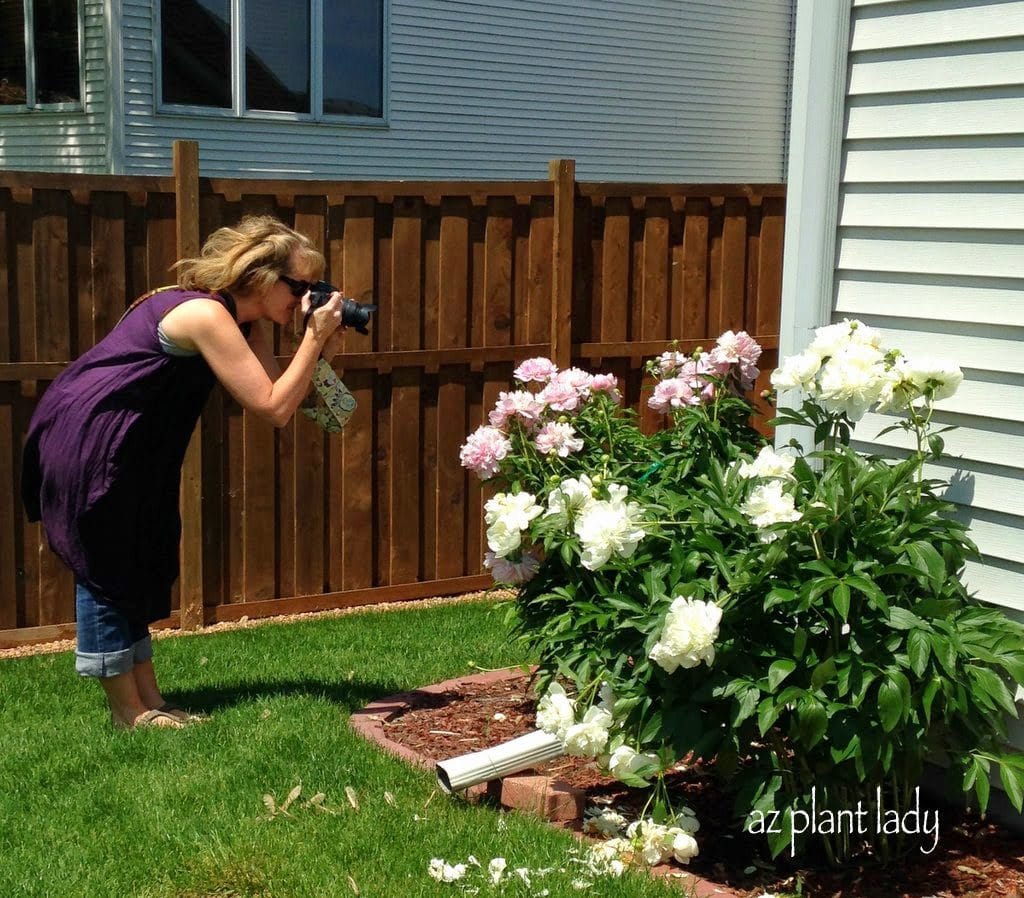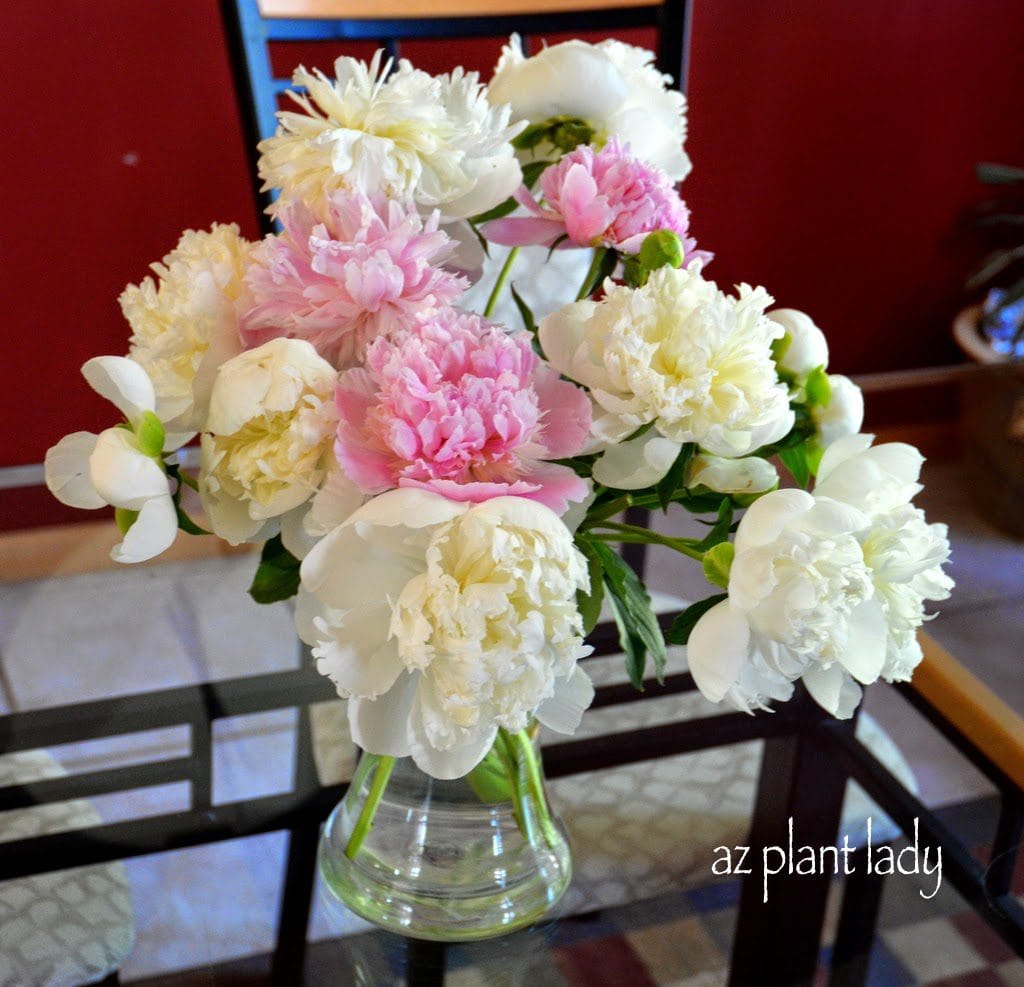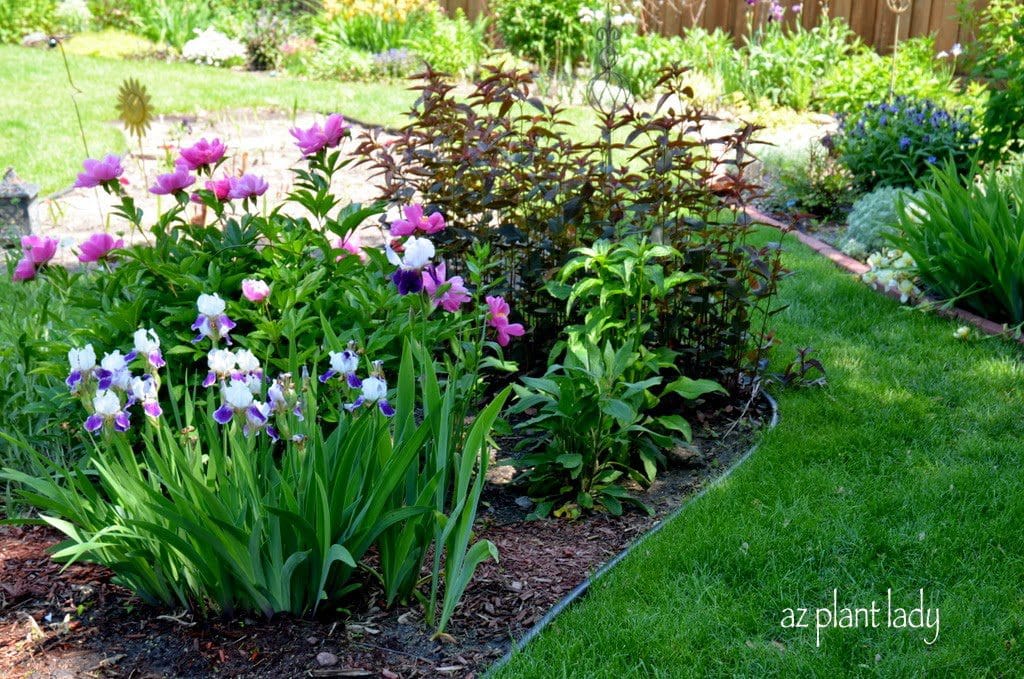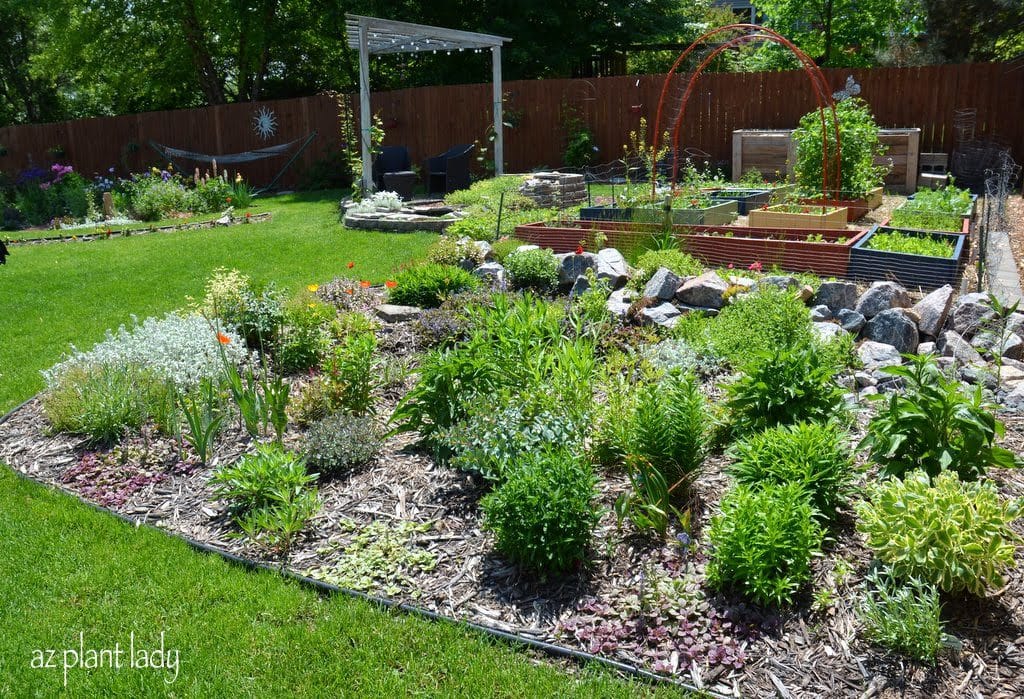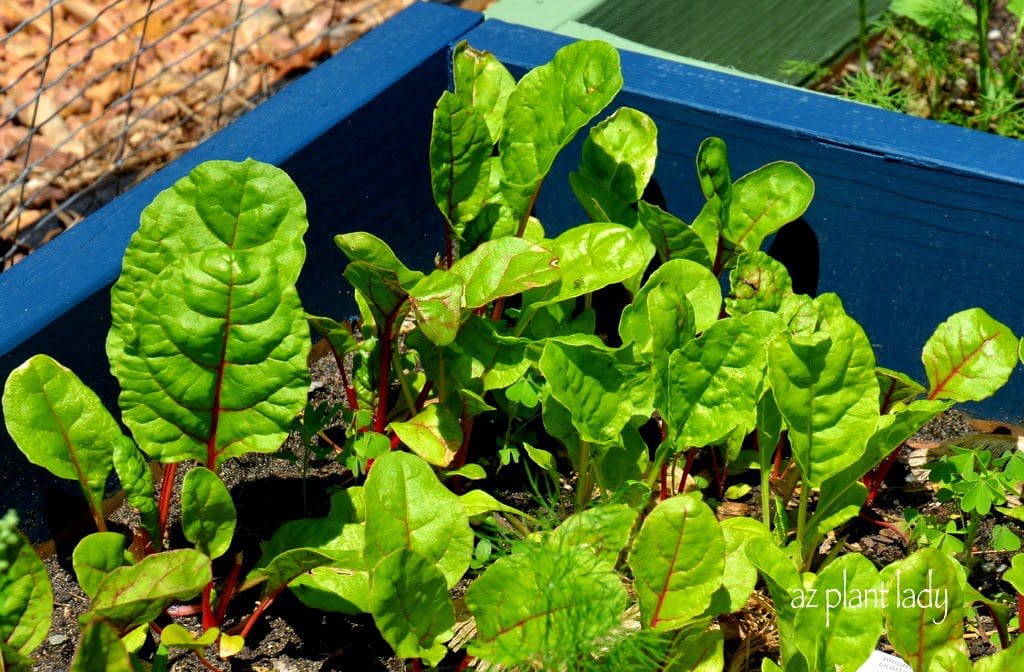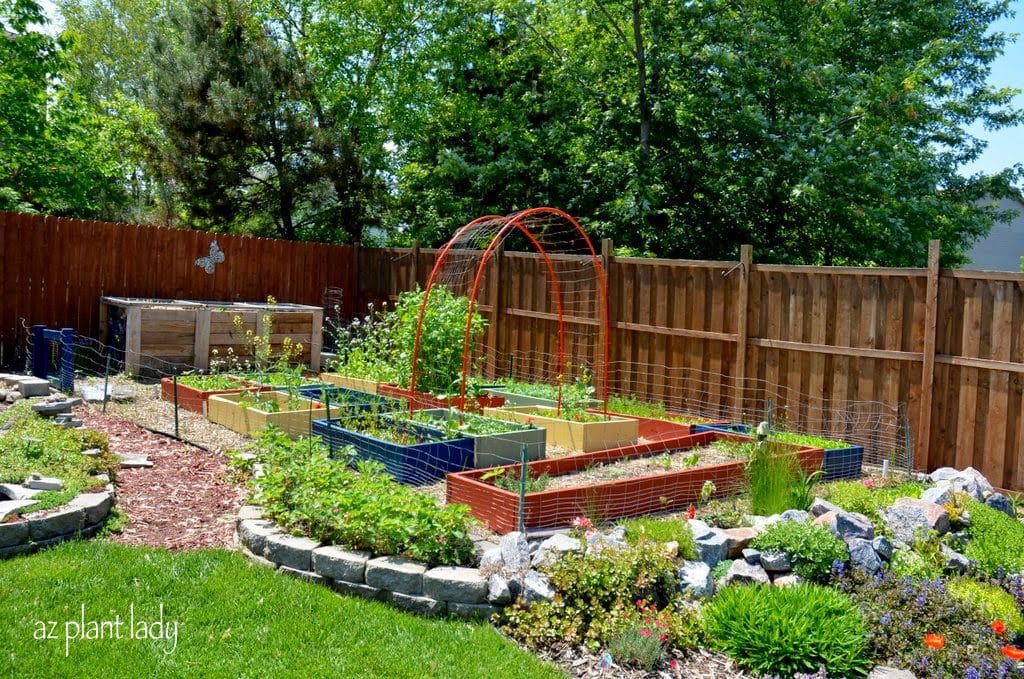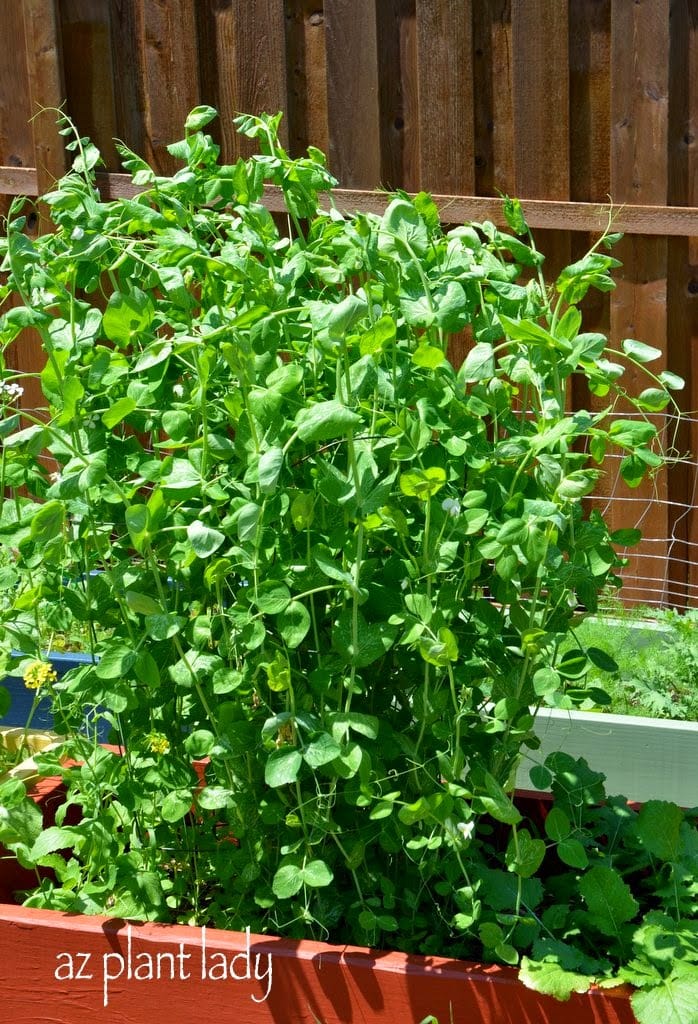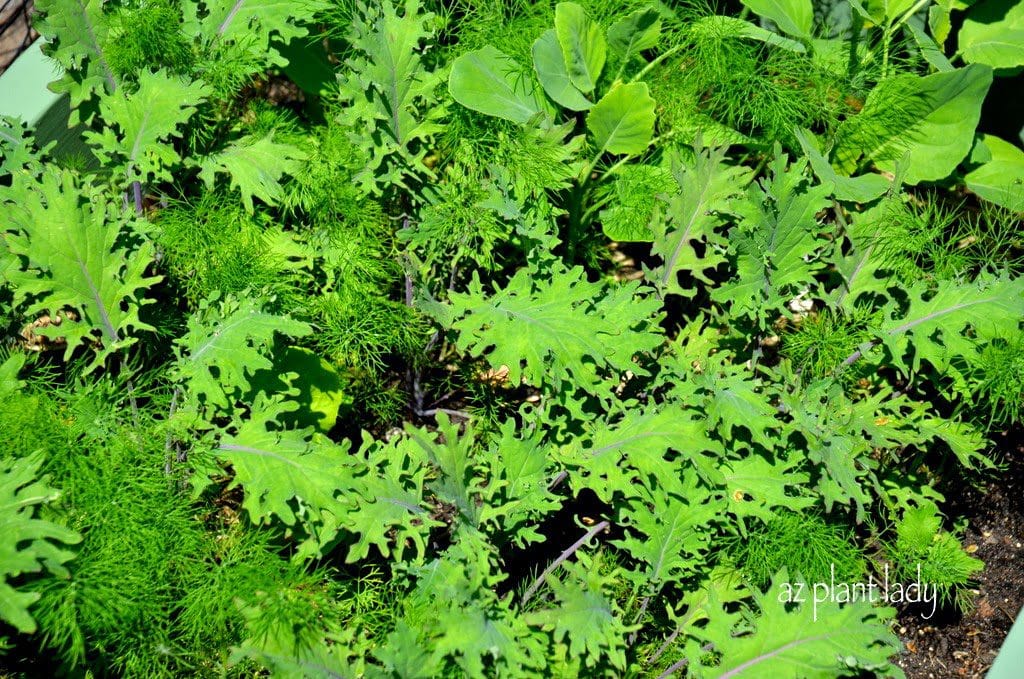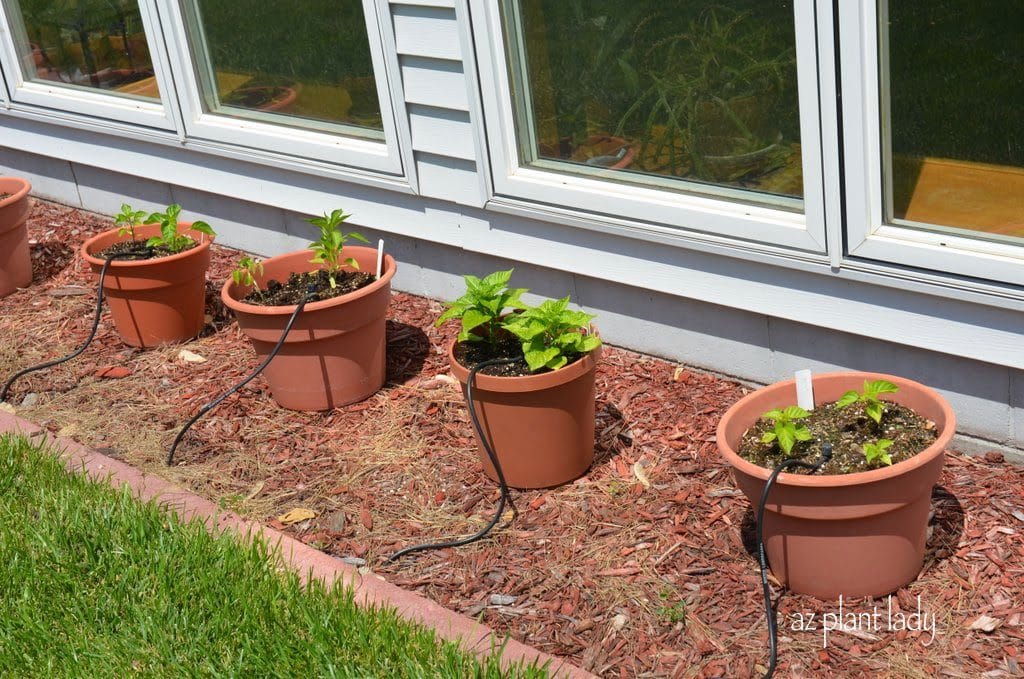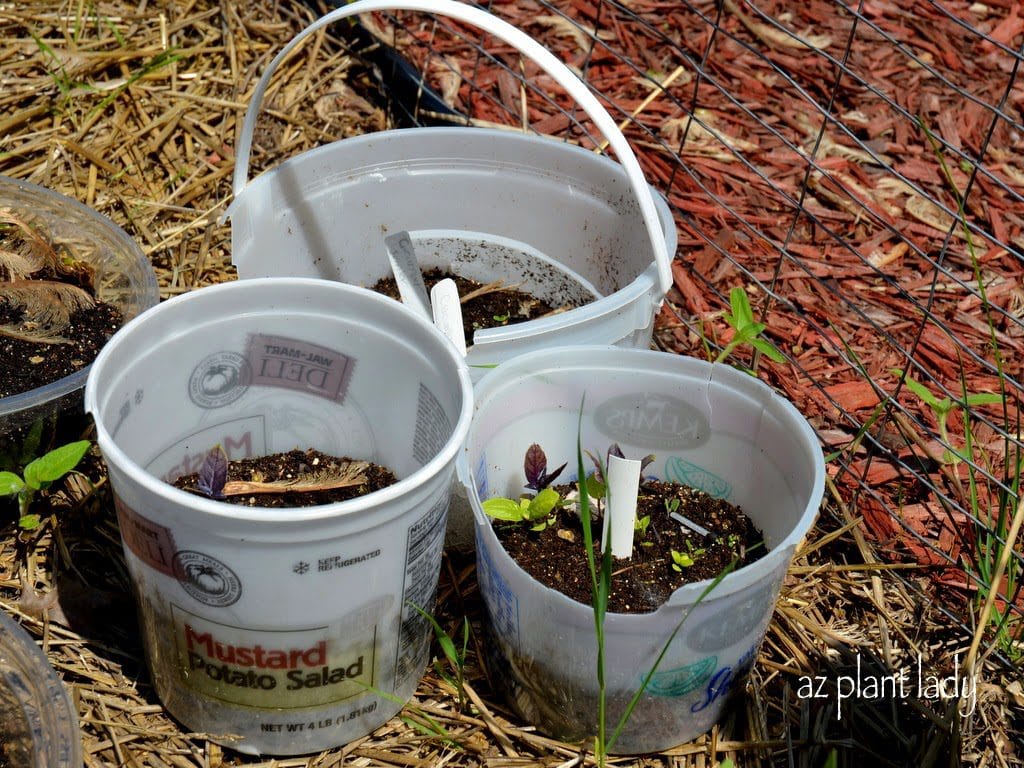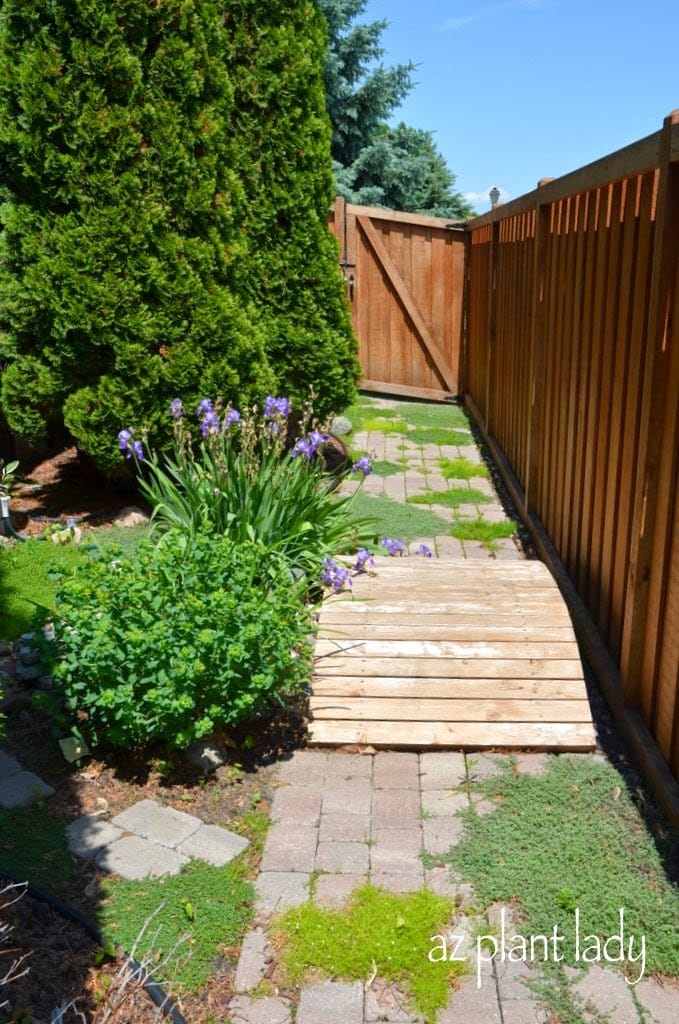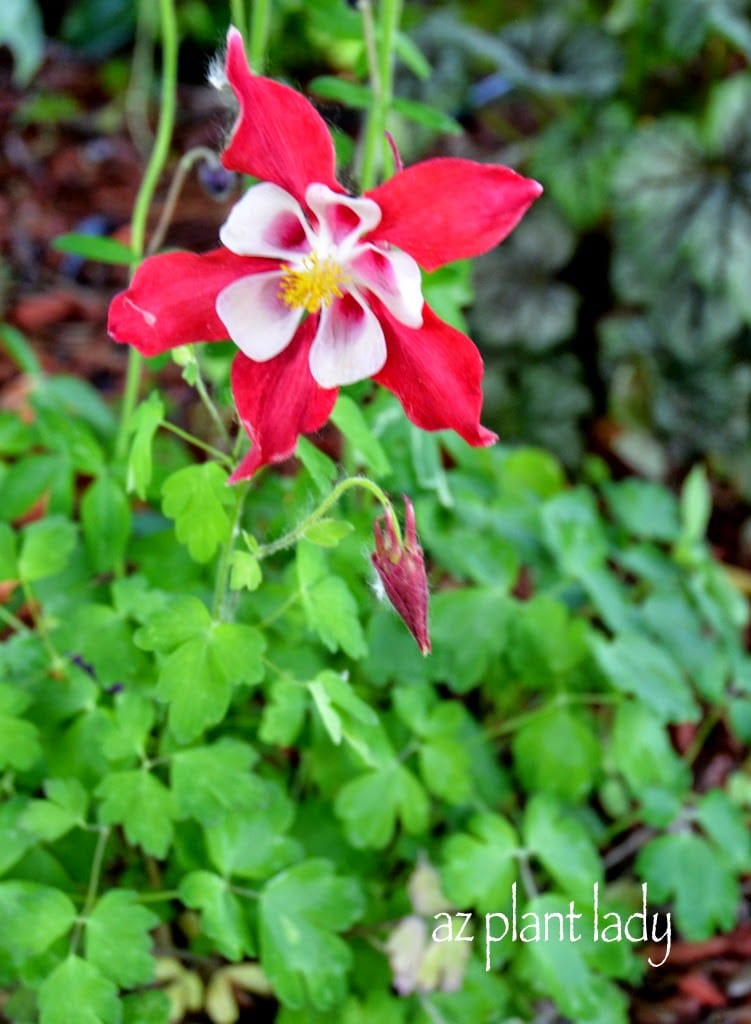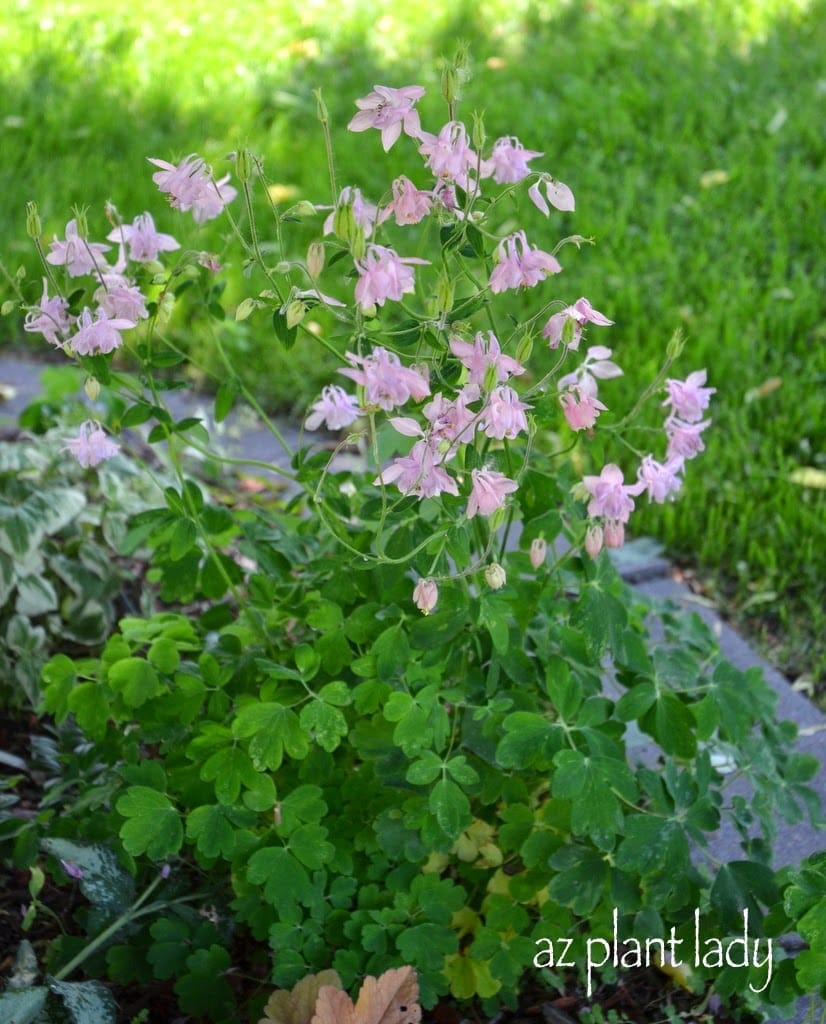Do you like to travel?
I bet you do. But, if you are like me, you don’t like the having to tasks such as packing, finishing up last minute things at work and such.
Since I will be traveling without my husband and kids, I’ll also need to stop by the grocery store so that they don’t starve while I’m gone.
Below, is my kid’s puzzle of the United States and on it, I have placed the states that I have visited – many of them on annual road trips with my mother.

As you can see, there are some empty spaces and our road trips are an ongoing effort to visit all the different regions in the United States.
So before I reveal where we will be going this year, let’s look at the options for the road trip we considered:

Southern and Plains states.

A few Rocky Mountain states.

New England, including Connecticut, Rhode Island, Massachusetts, New Hampshire, Vermont and Maine.
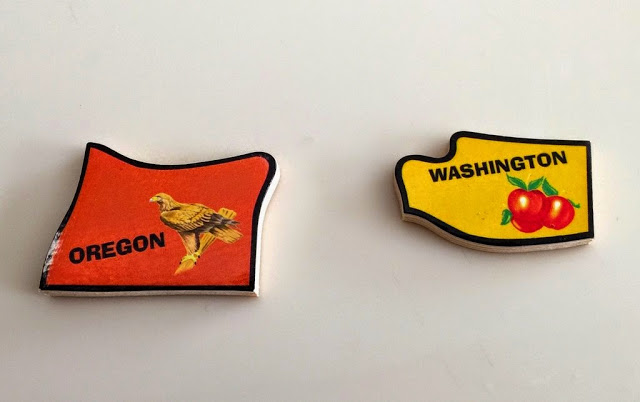
The Northwest, including British Columbia, Canada.
and

Texas and surrounding states.
Before I reveal our destination, I have to confess that it wasn’t our first choice. We had initially decided to travel to New England and had worked hard on an itinerary filled with fun things to do and see.
But, that was before the harsh winter that they experienced. We were advised by many New England natives that a trip this year would be difficult due to spring being delayed and numerous road crews repairing damaged streets due to pot holes left from the cold winter.
So, we decided to postpone our New England trip to next year (hopefully).
The destination that we finally decided on for this year is a region that we have both visited, but wanted to explore further…

We will be visiting the Northwest and British Columbia, Canada and I can hardly wait!
I have been to Seattle twice, but not by car and I look forward to exploring more of this dynamic city.
I’m ashamed to admit that I have never visited Oregon. It has always been a state that is flown over on my way to Washington and I have always wanted to explore it further.
Here is a detailed map of where we will be going:
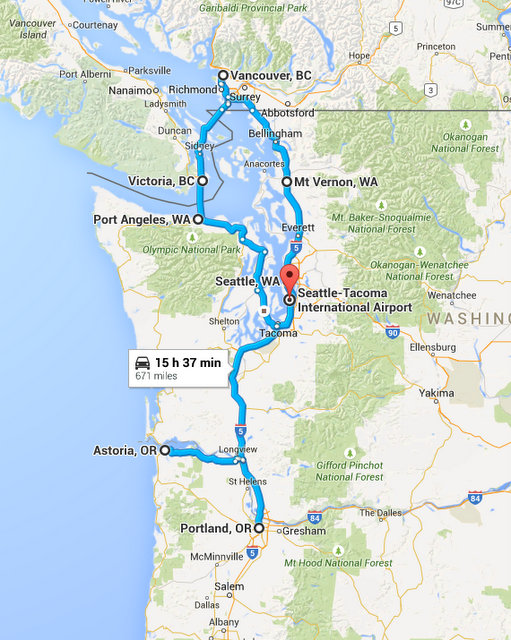
Our journey begins in Portland, where we will visit the world famous rose garden. Of course, we will also explore other areas of this fun city.
After leaving Portland, we will drive to Astoria and spend some time before heading up to Seattle.
Later, we will stay in Port Angeles and visit the Olympic National Park.
The next leg of our journey involves a ferry to get us to Victoria, Canada. I was fortunate to have spent a day in this very English city including Butchart Gardens, which I plan on seeing again.
Another ferry ride will take us from Victoria to Vancouver, which I have always wanted to visit since the Olympics was held there.
The last portion of our trip will bring us back toward Seattle with a stop in Mount Vernon and more gardens to visit.
**If you have any helpful advice on what to do and see in this area, I’d love some advice.
I hope you will join me as our journey begins! I will be blogging from the road, sharing the sights and experiences along the way.
It all begins on Friday…


